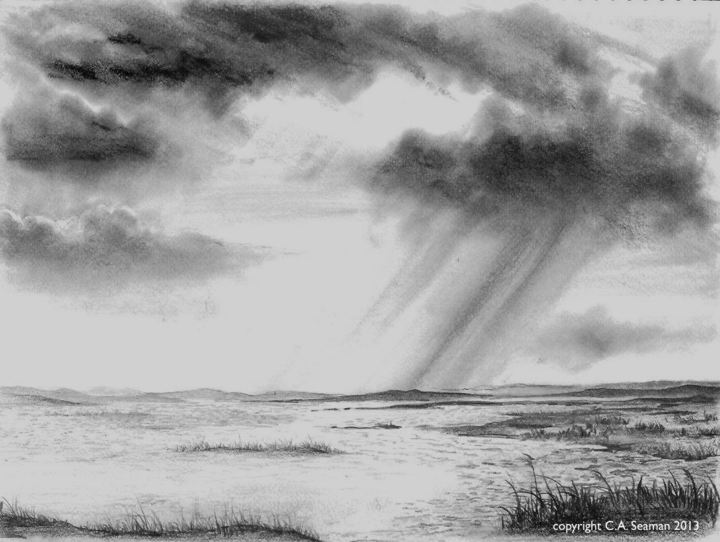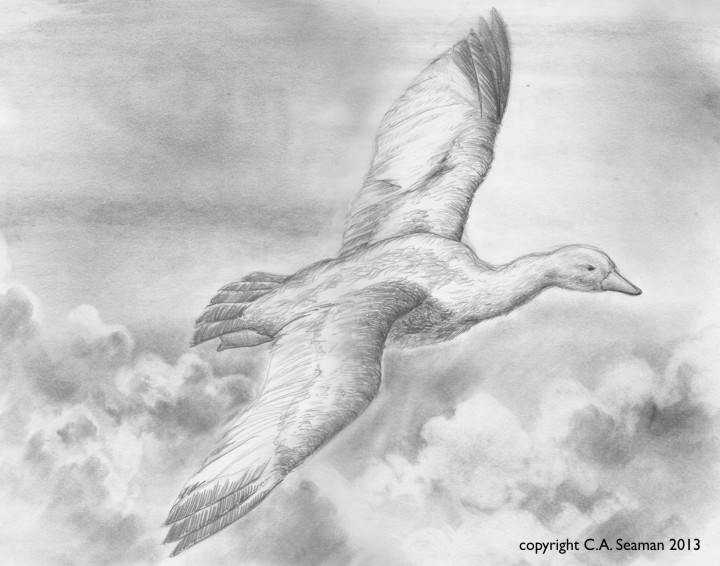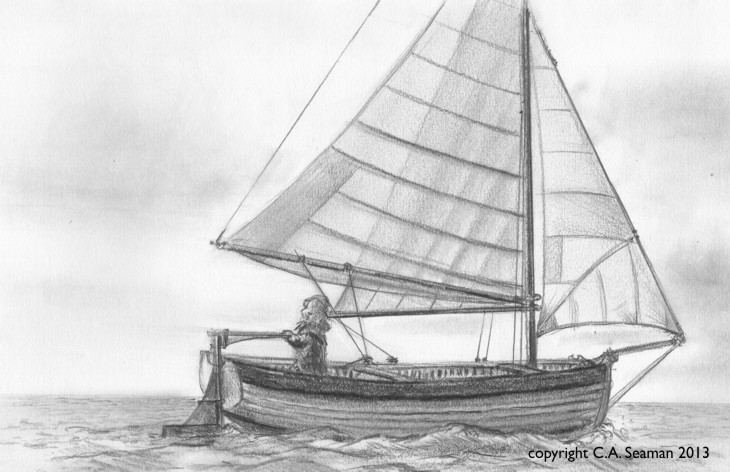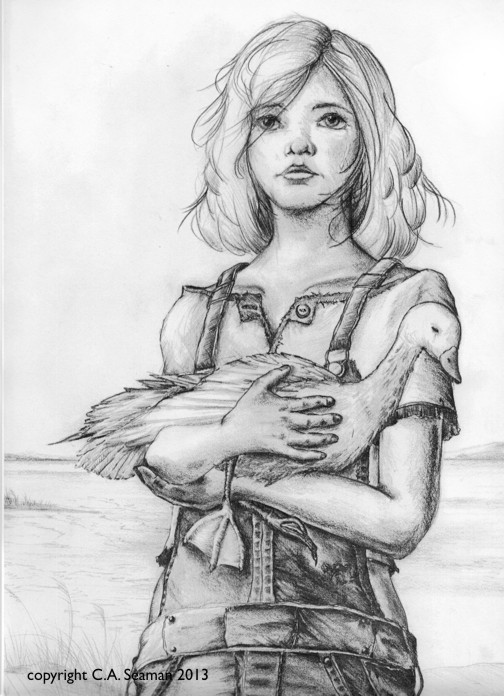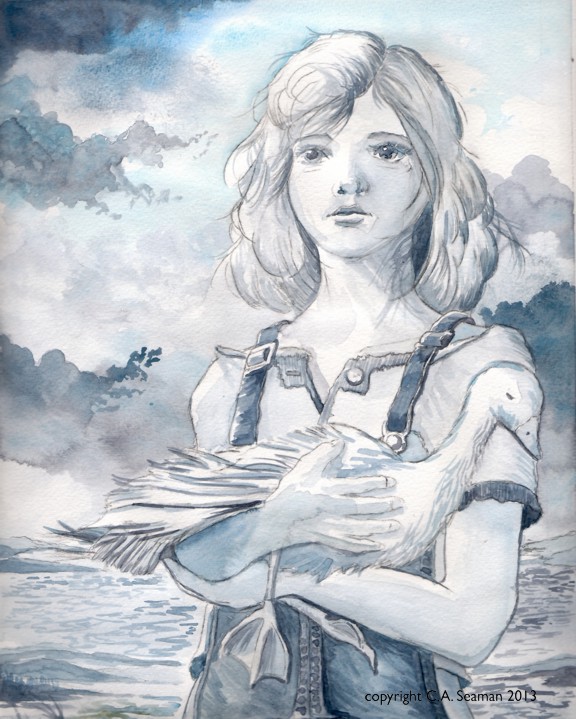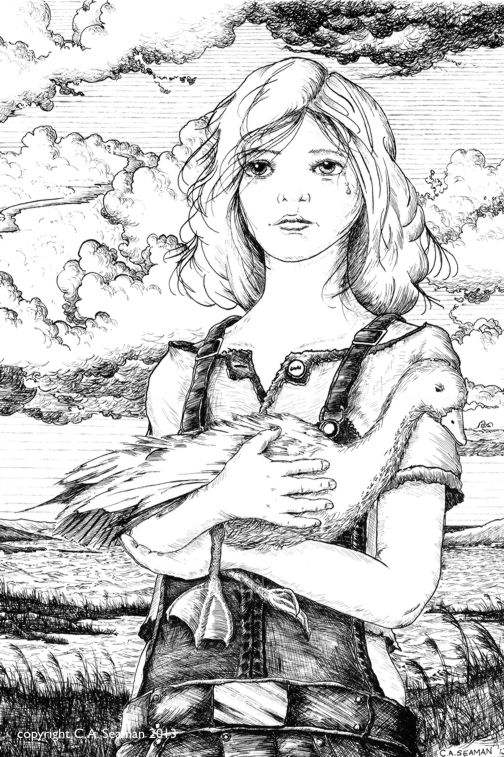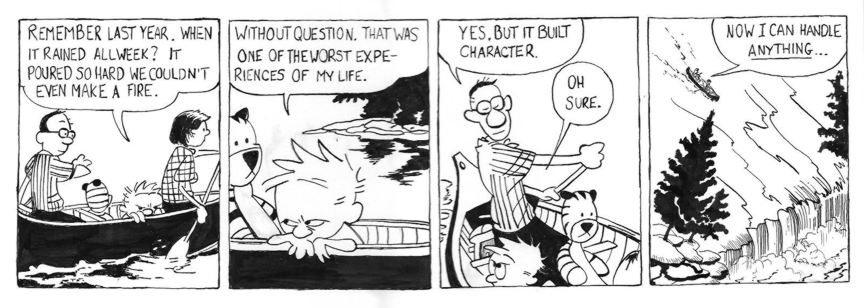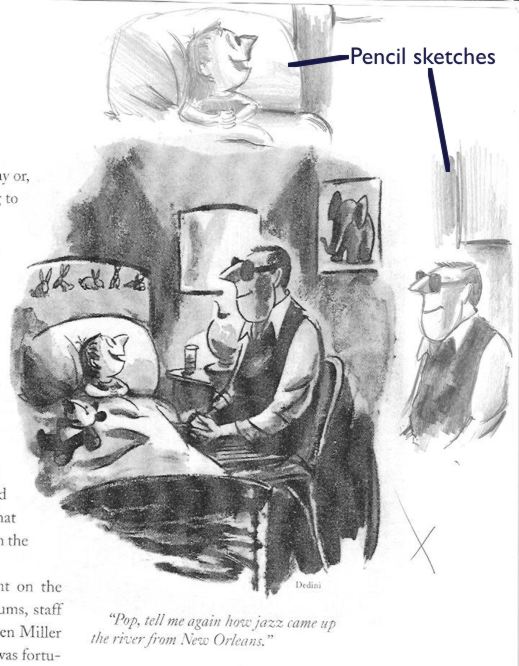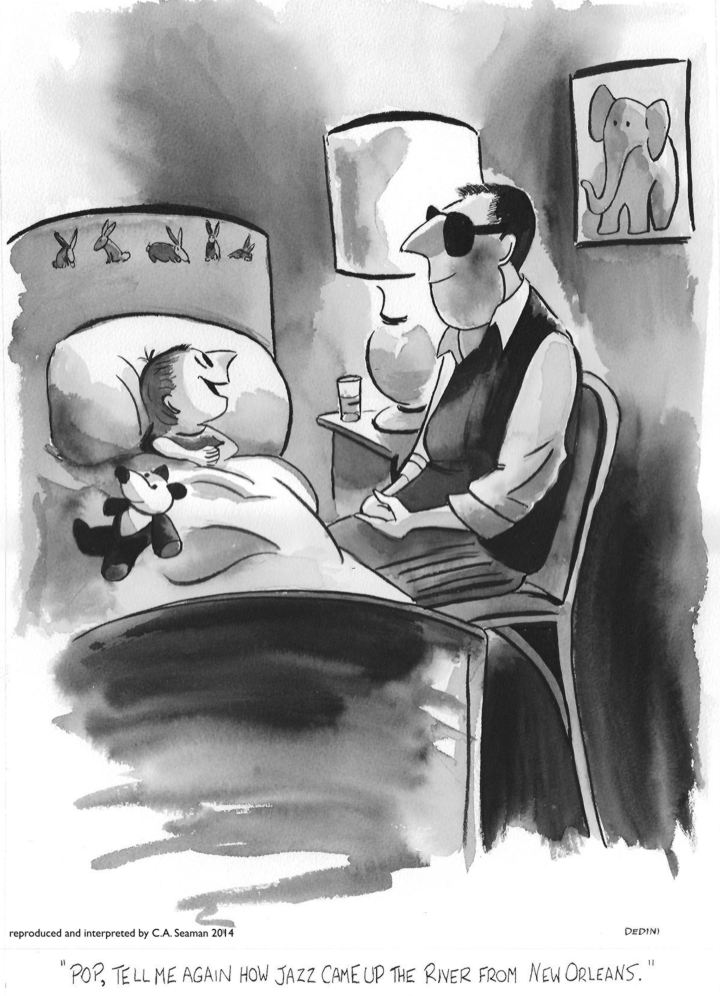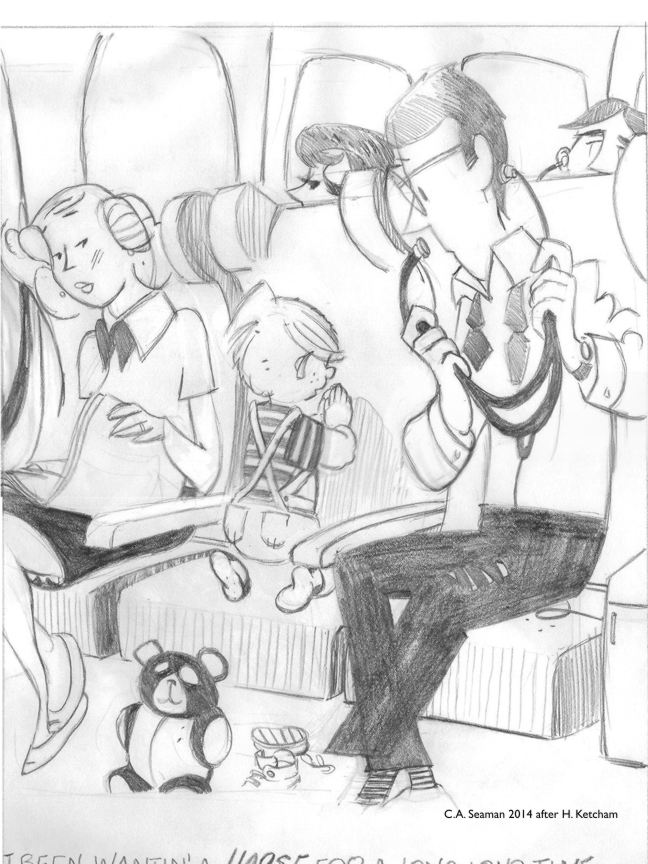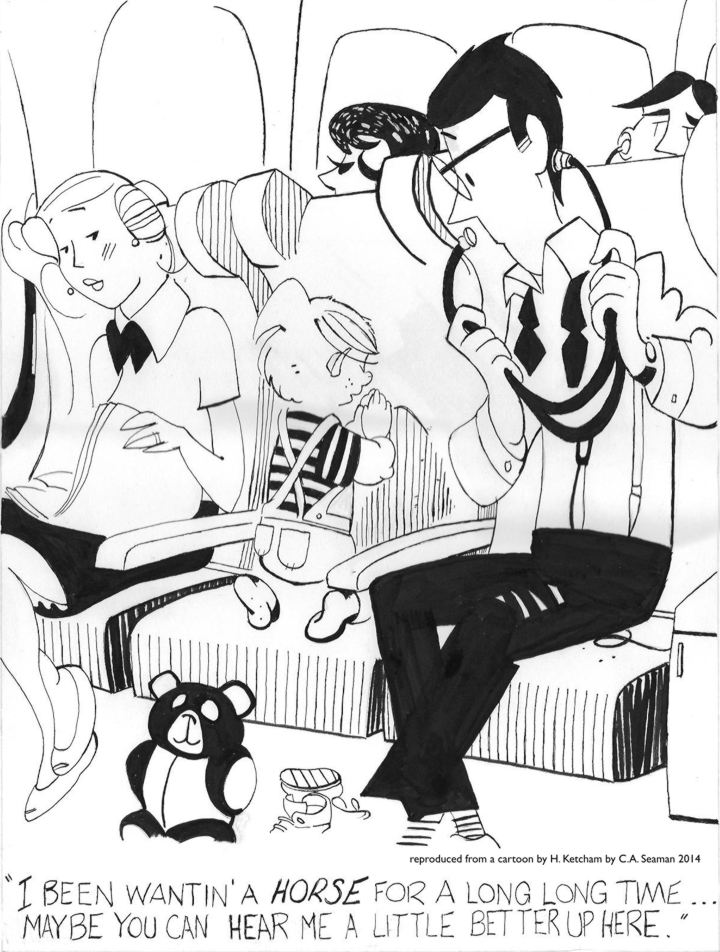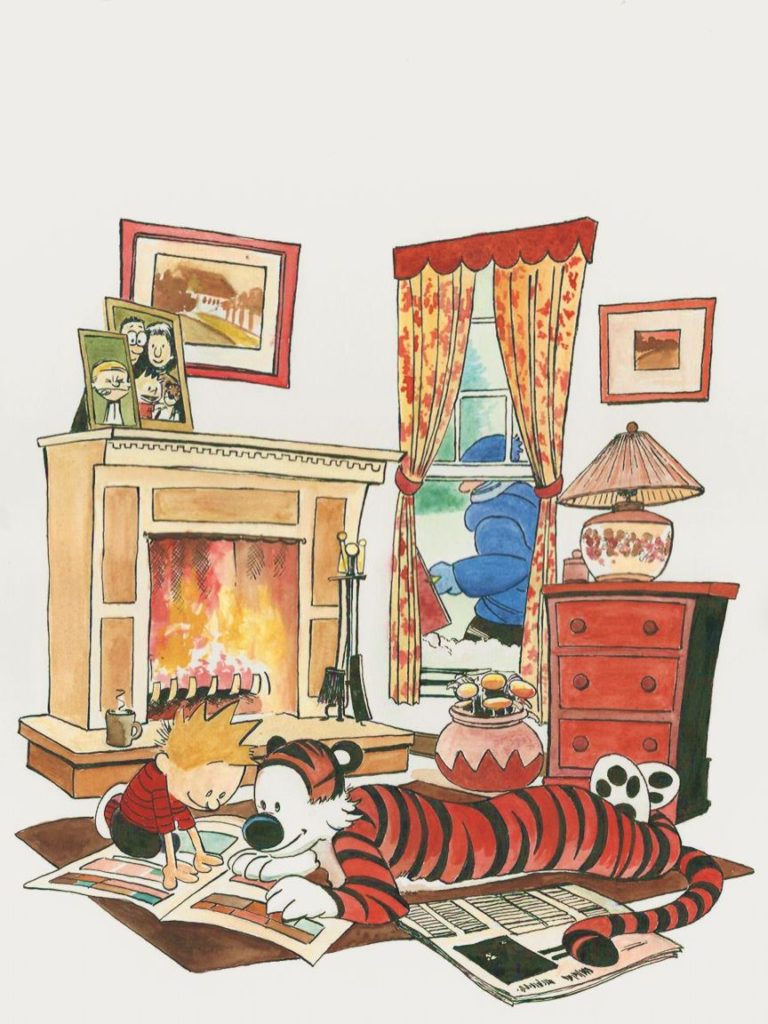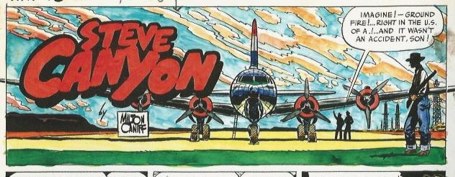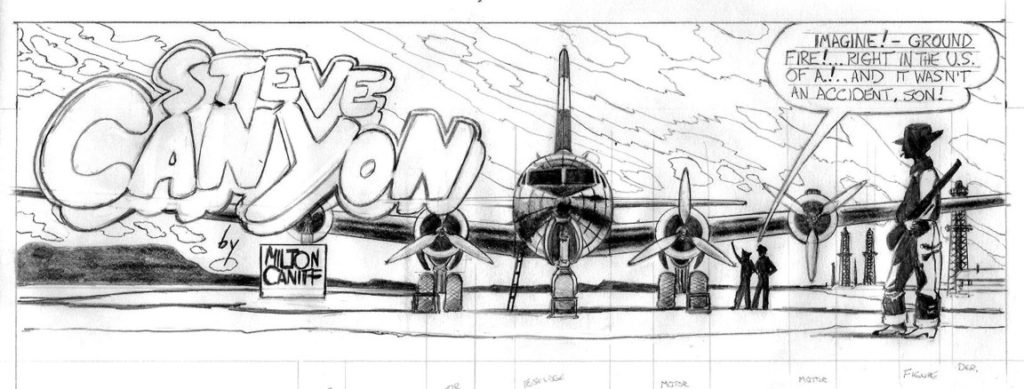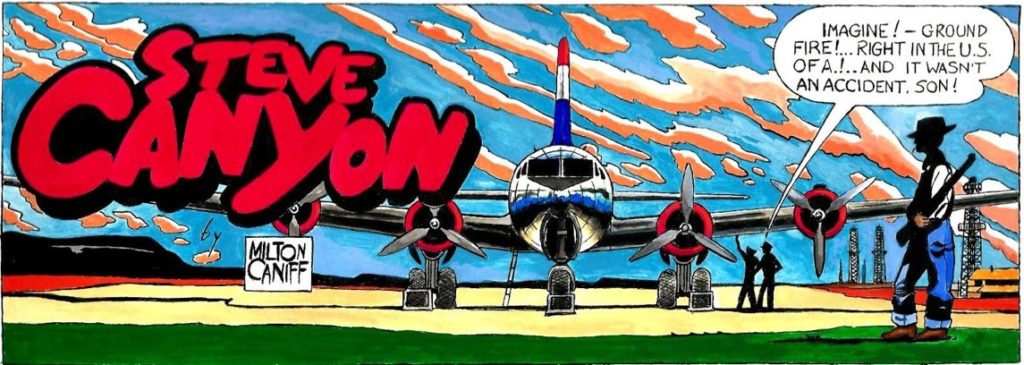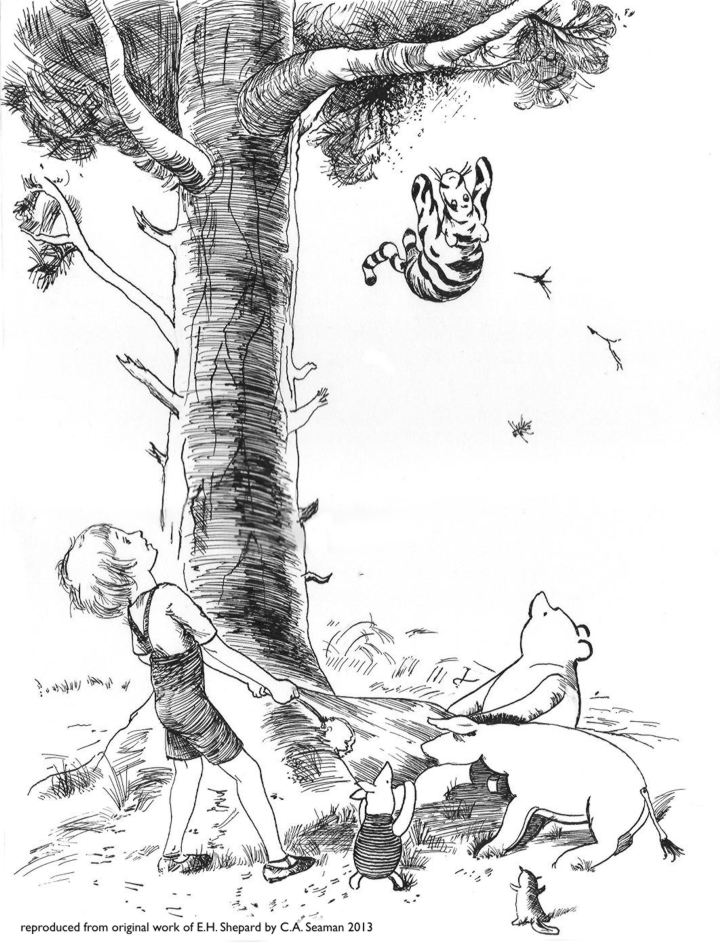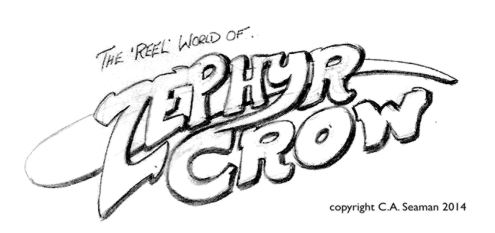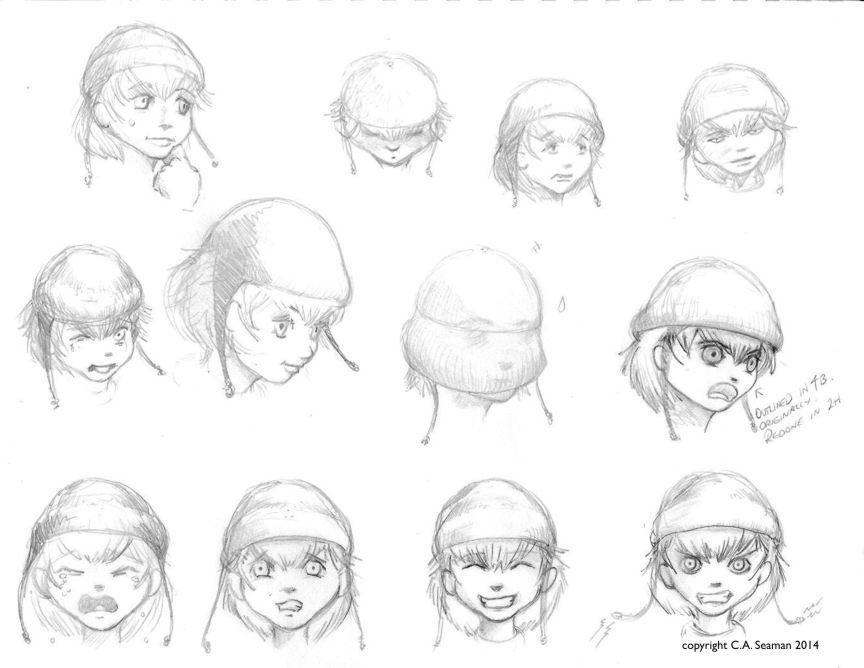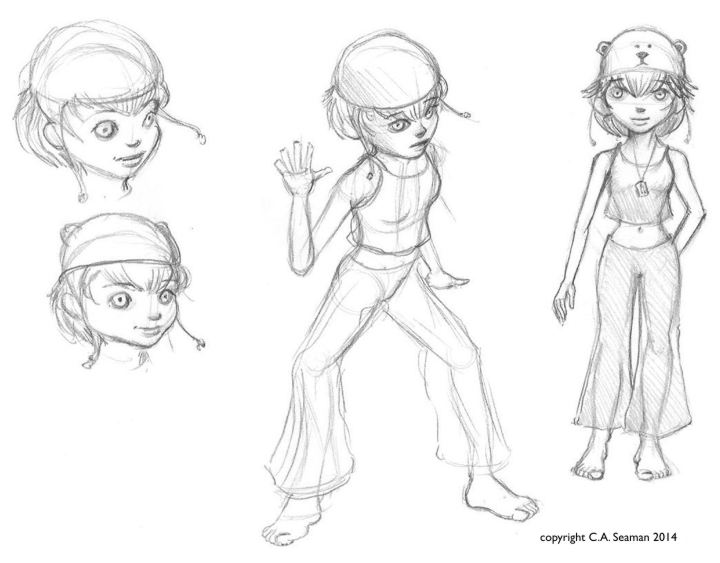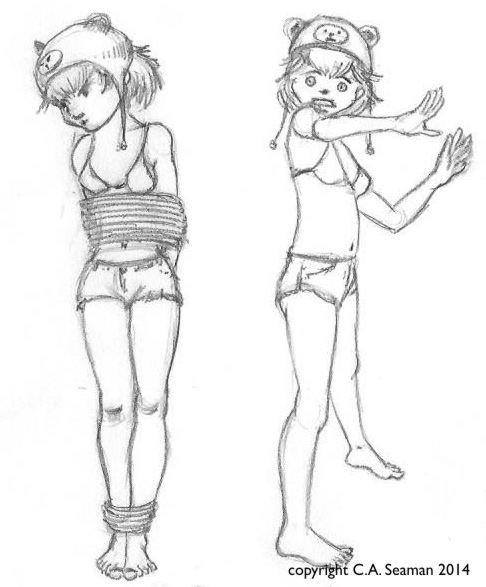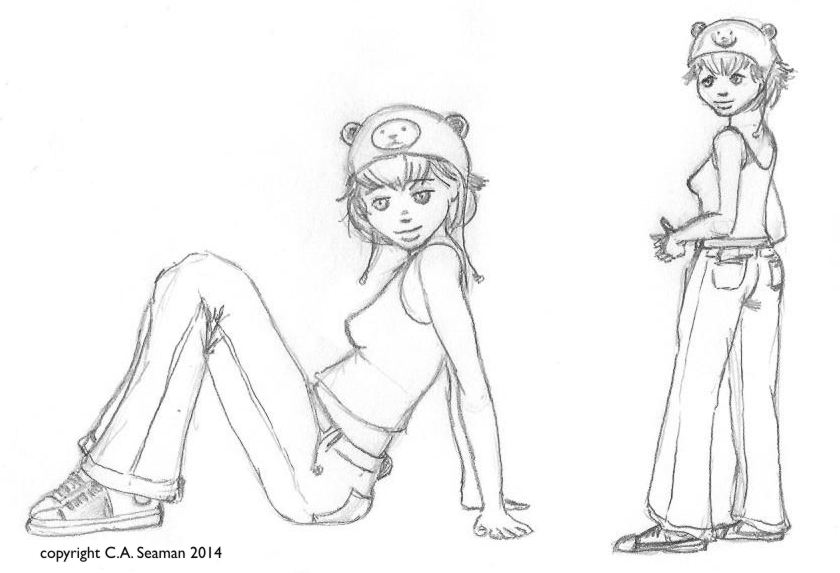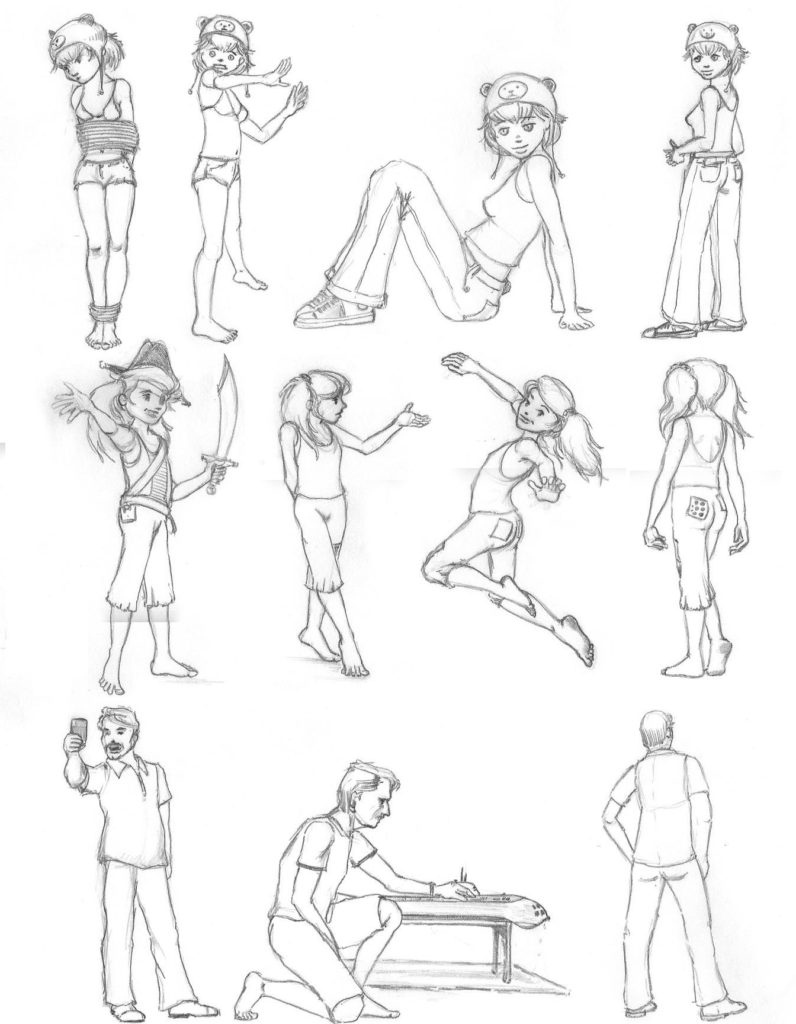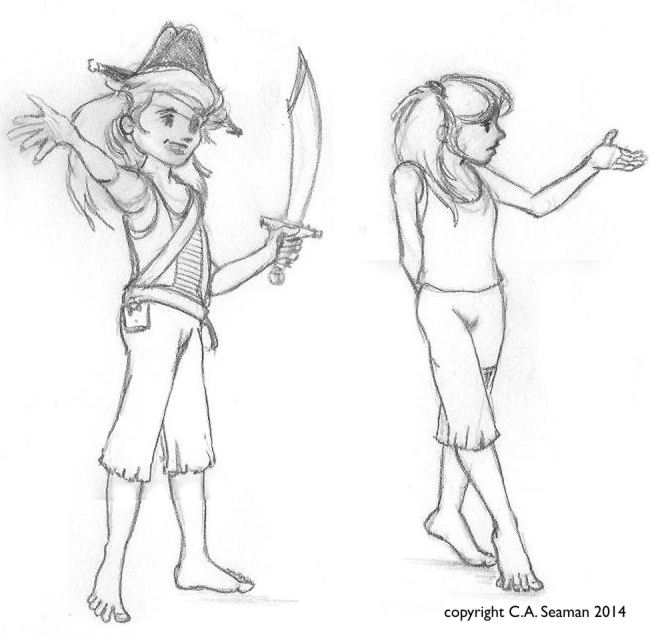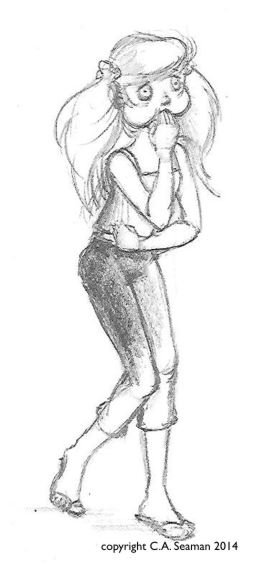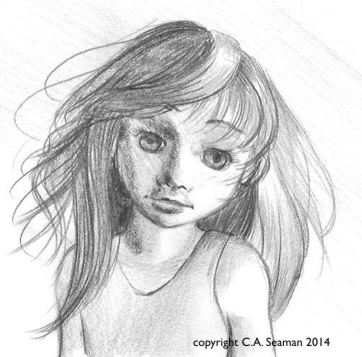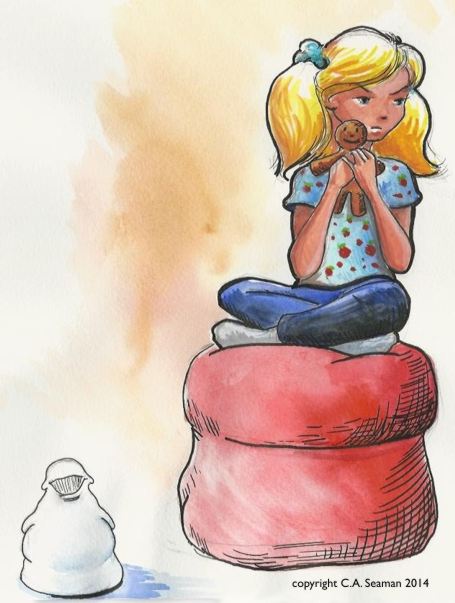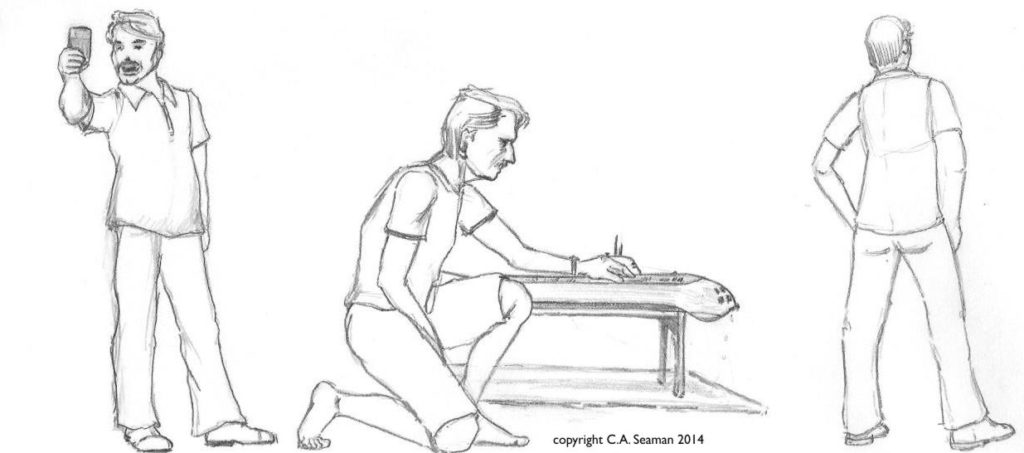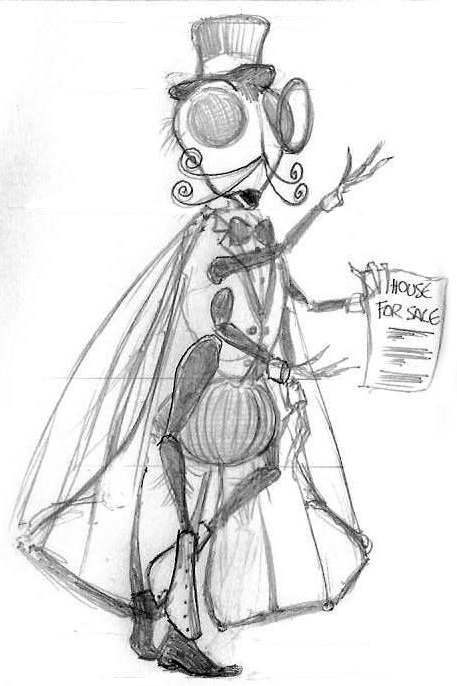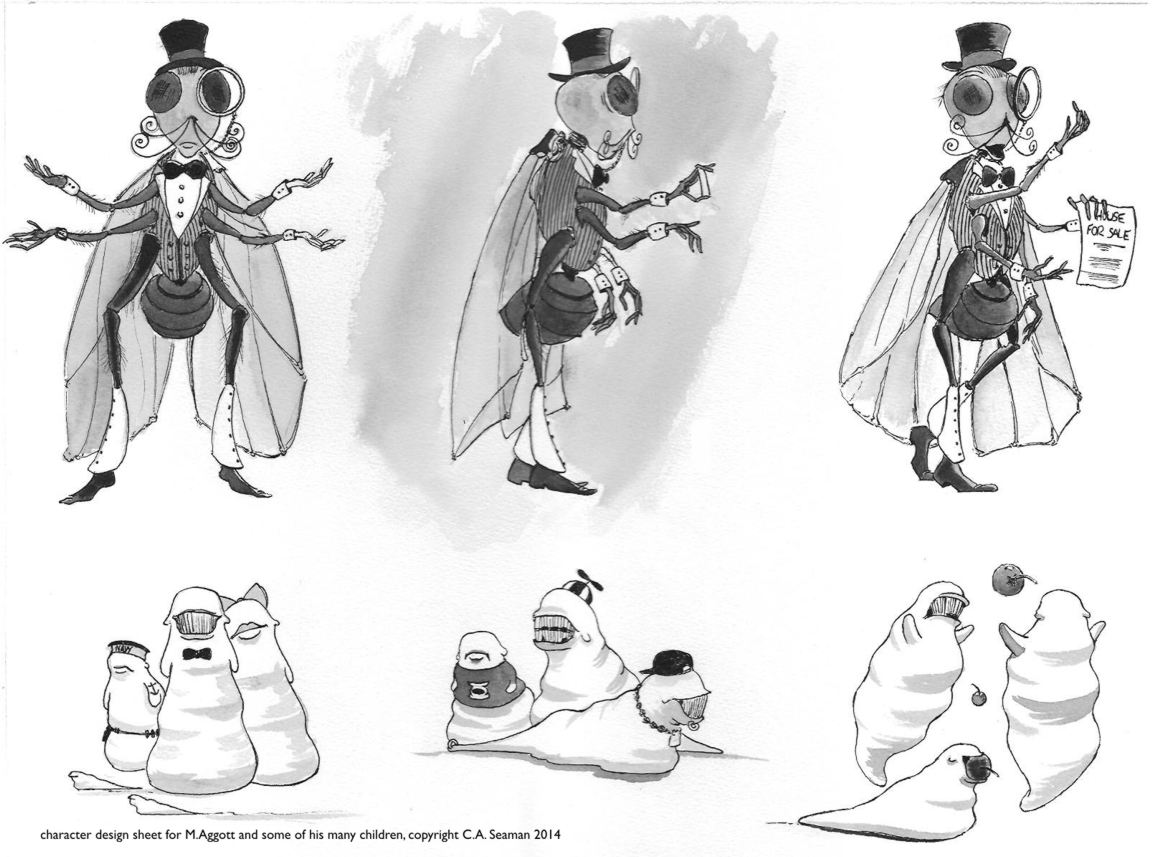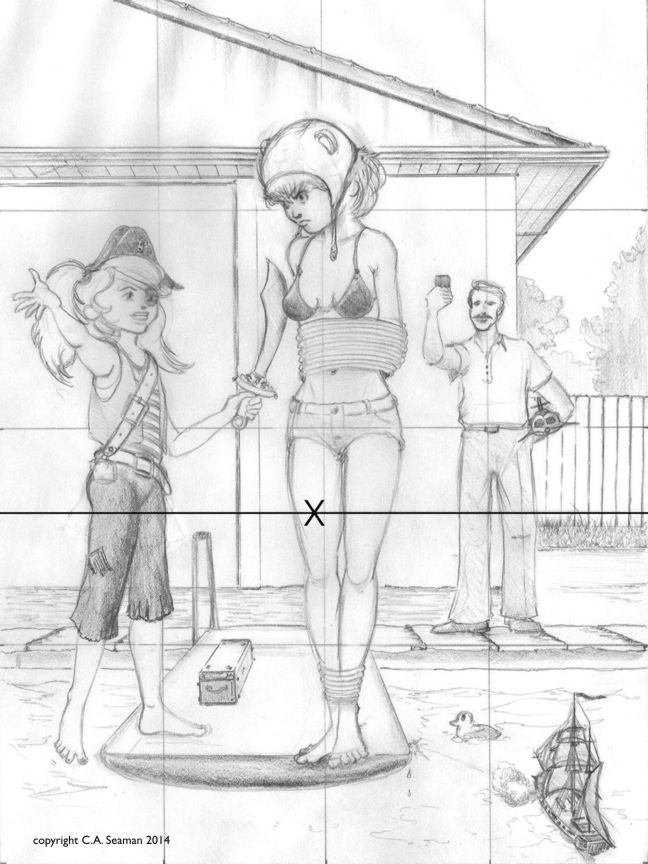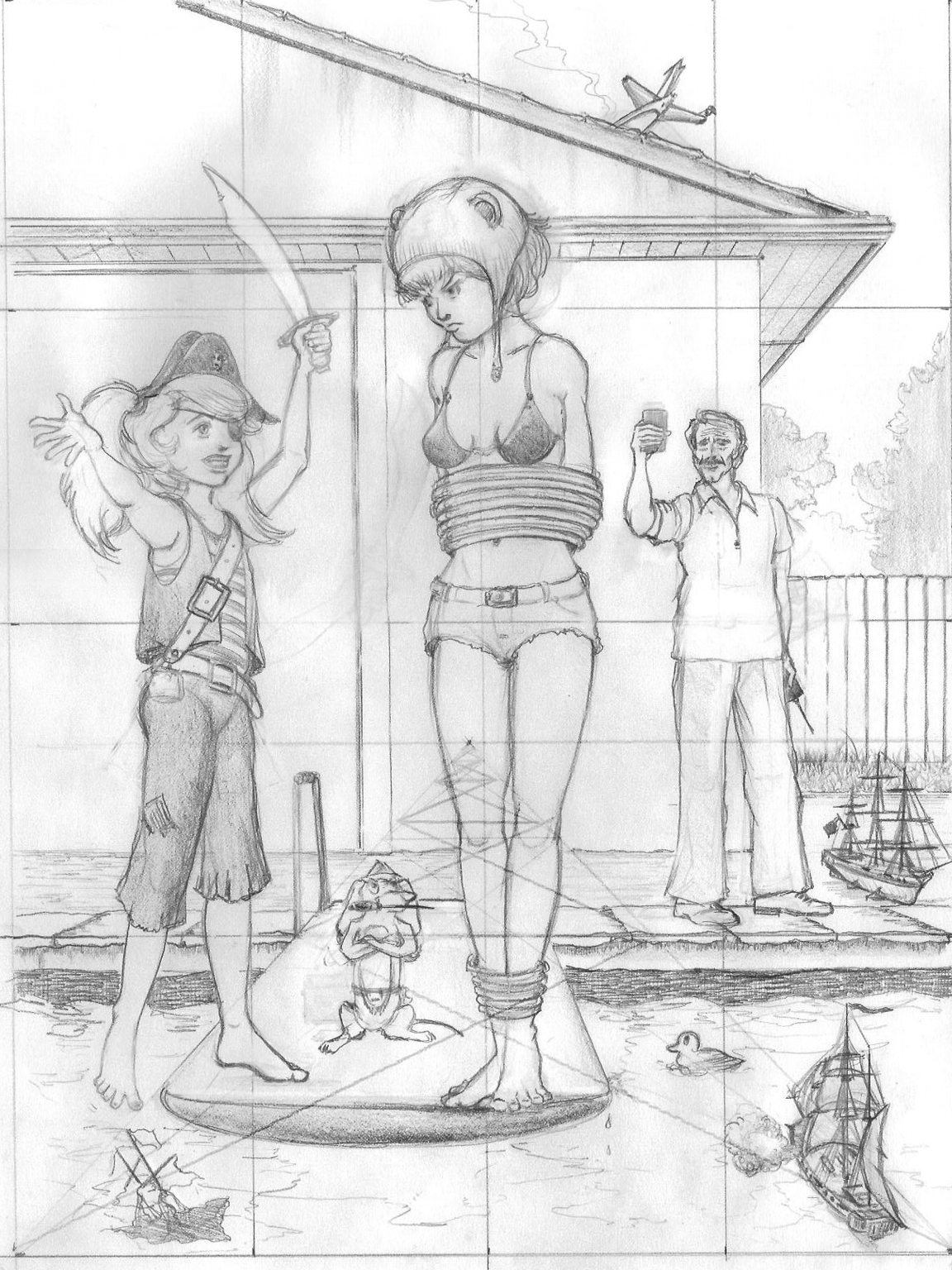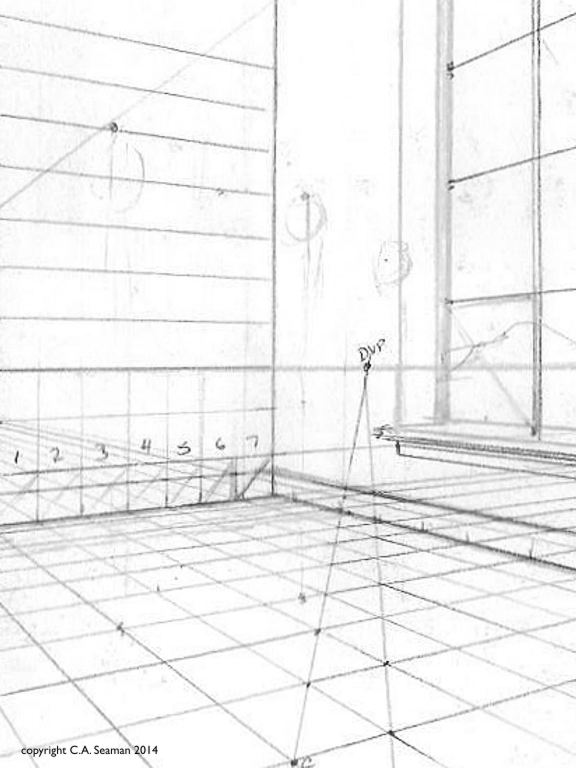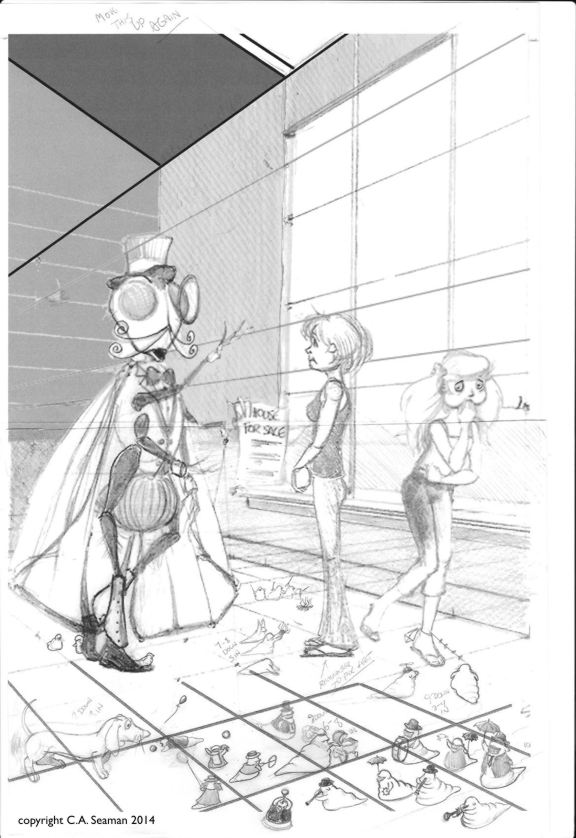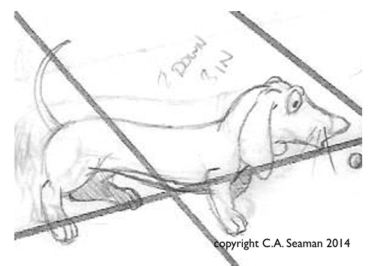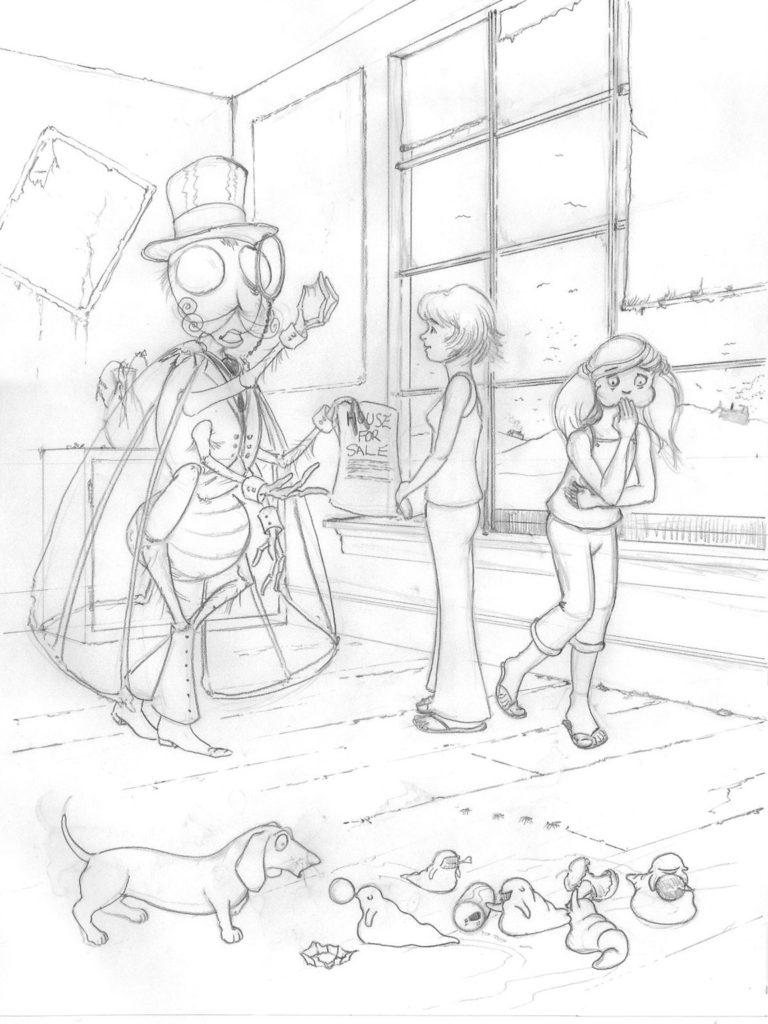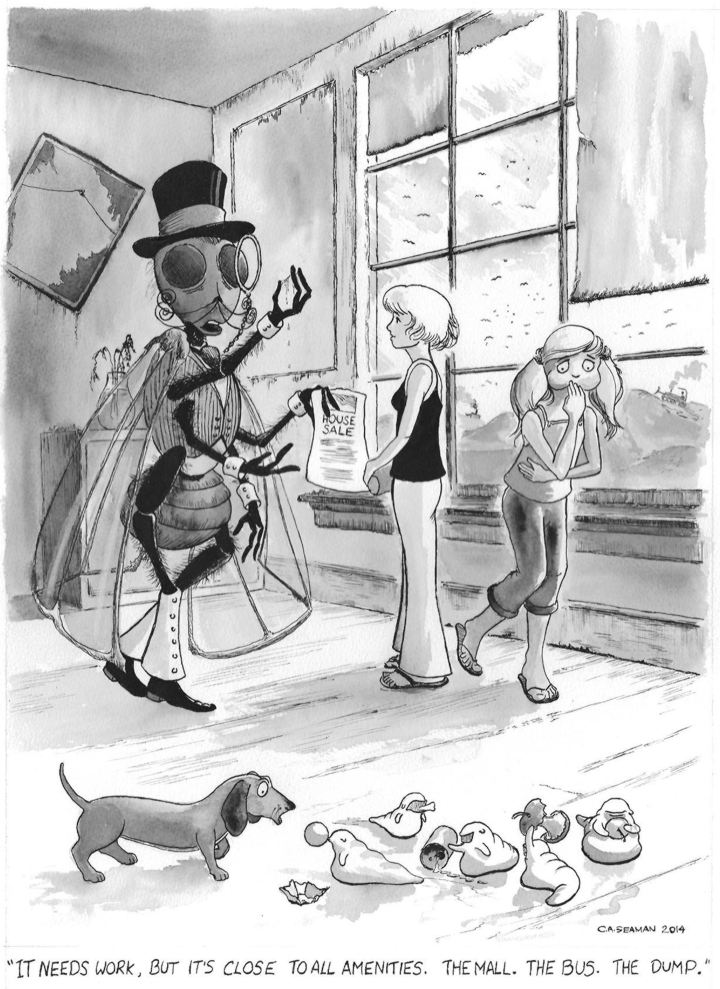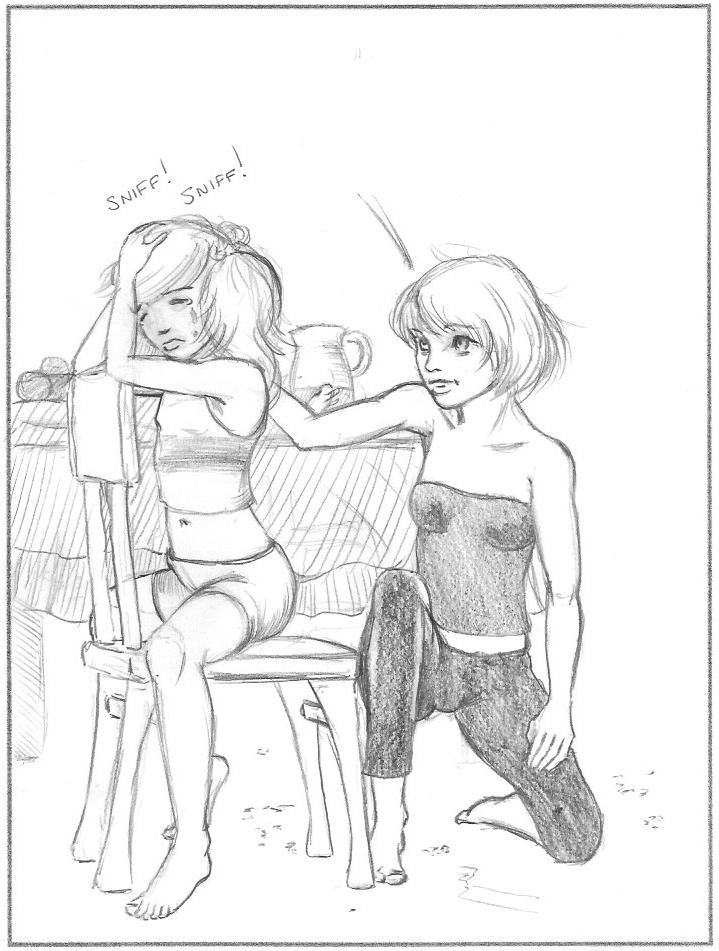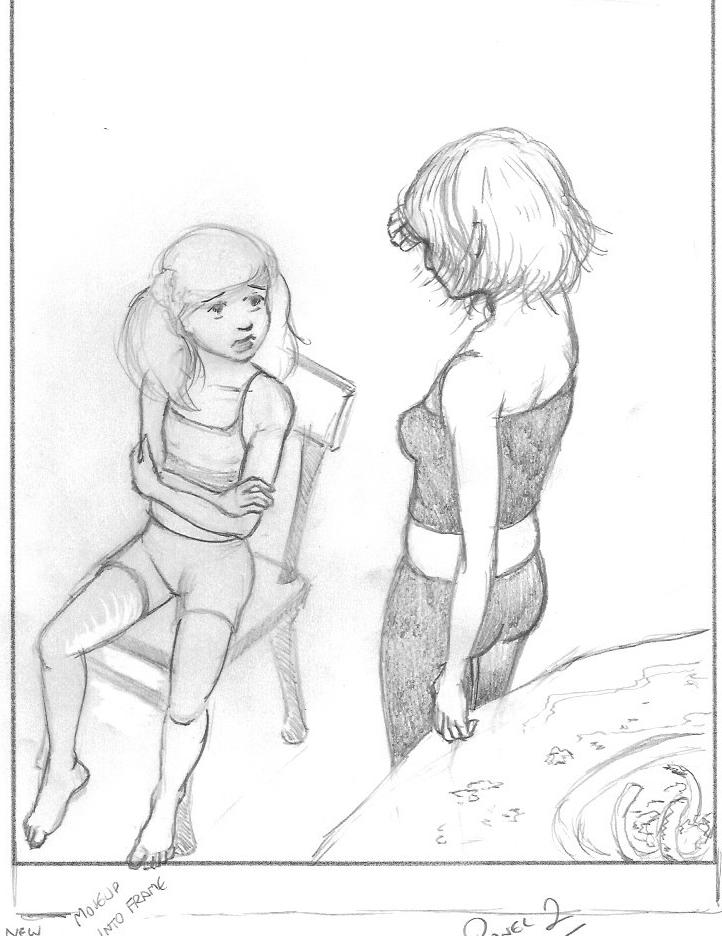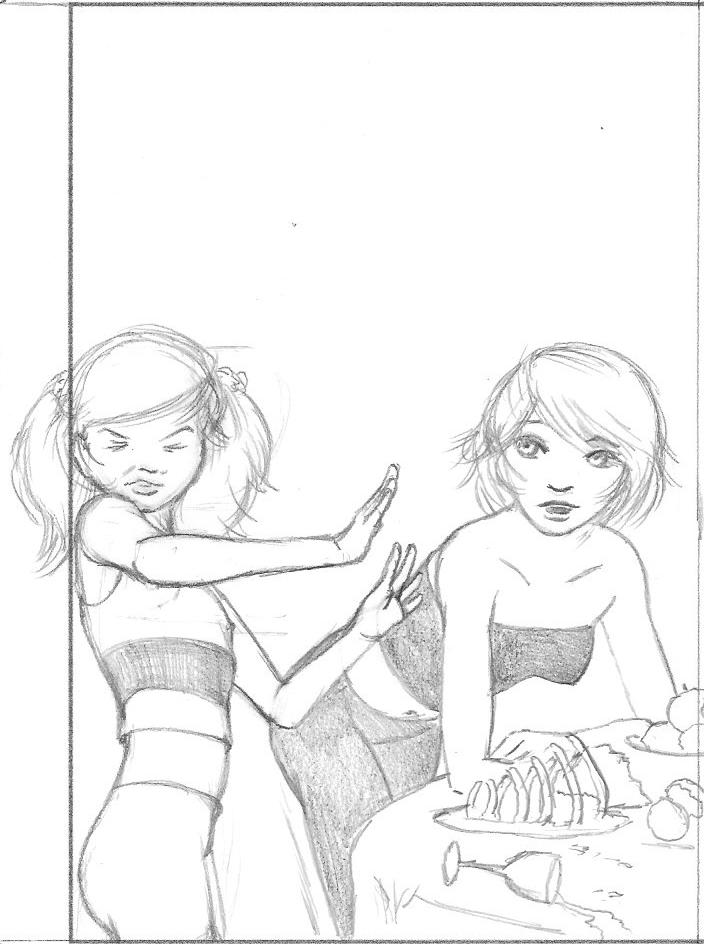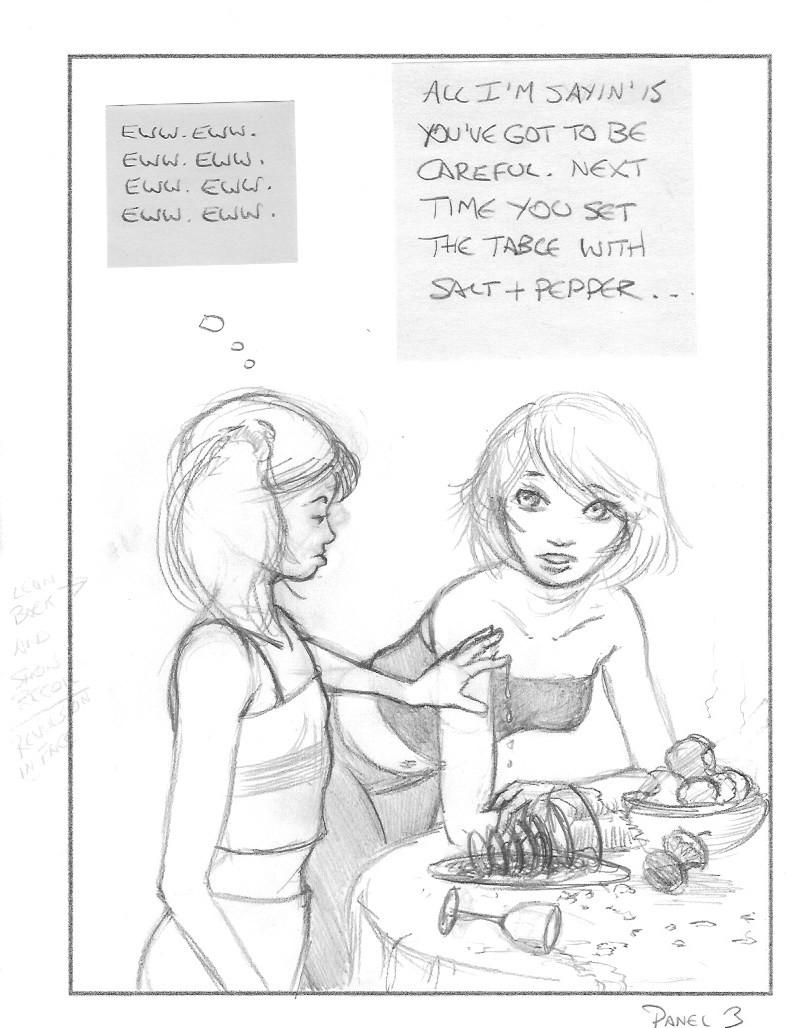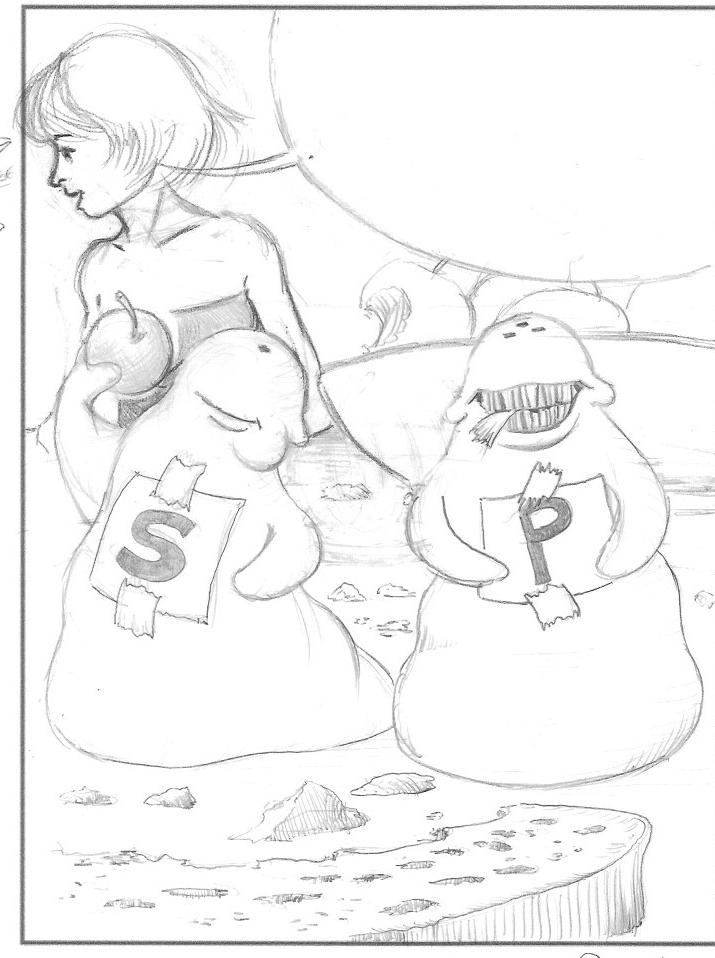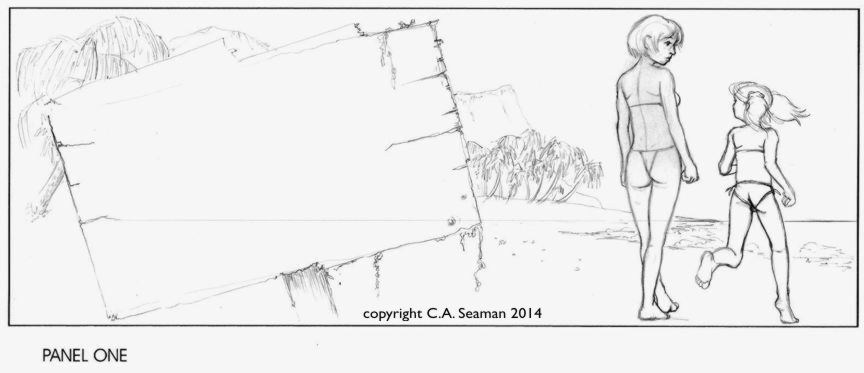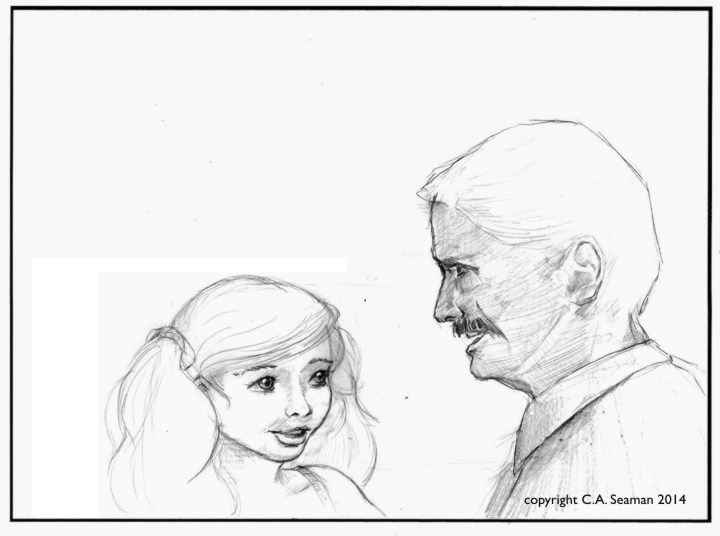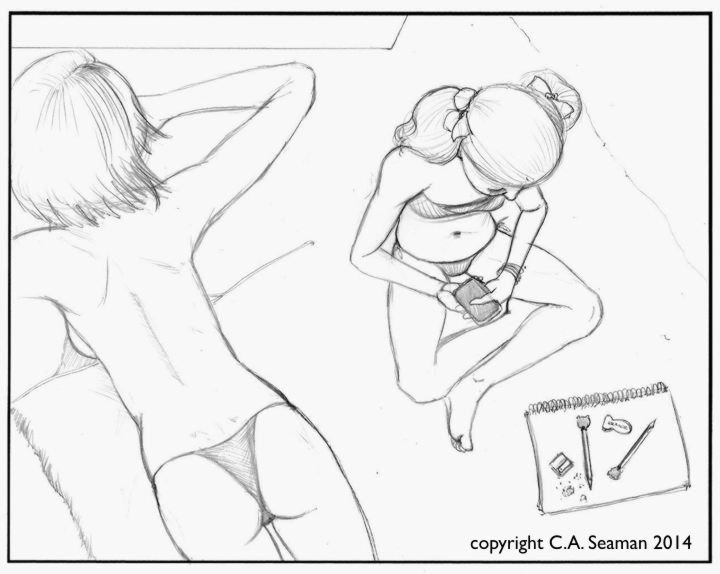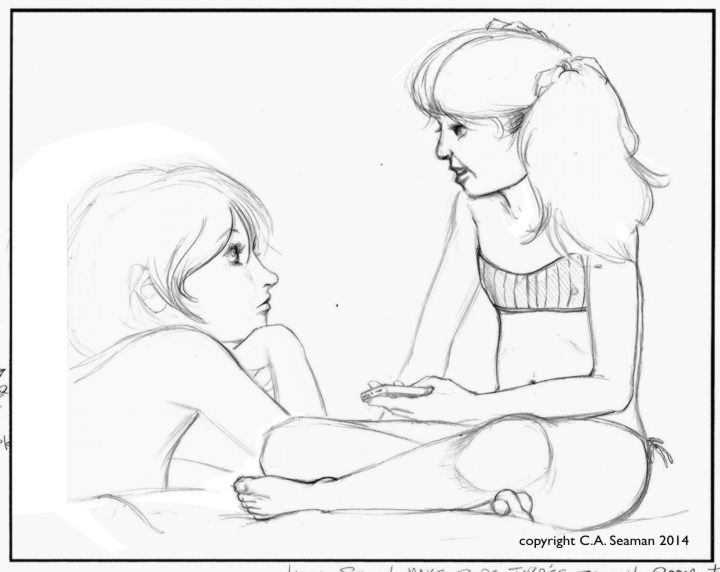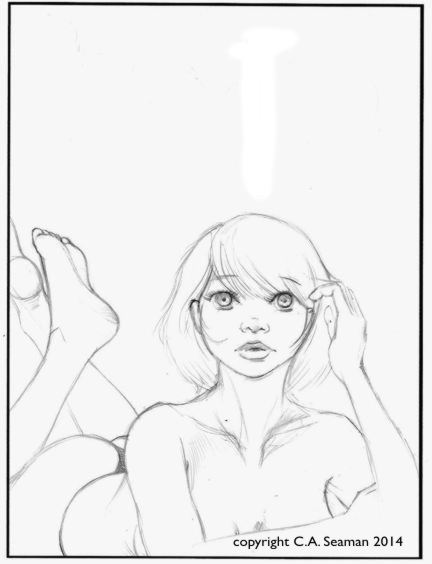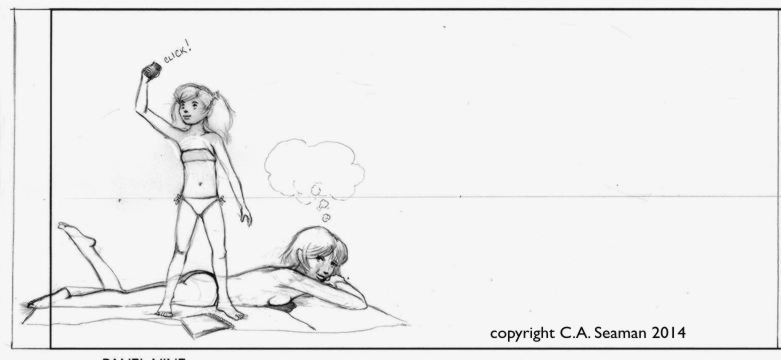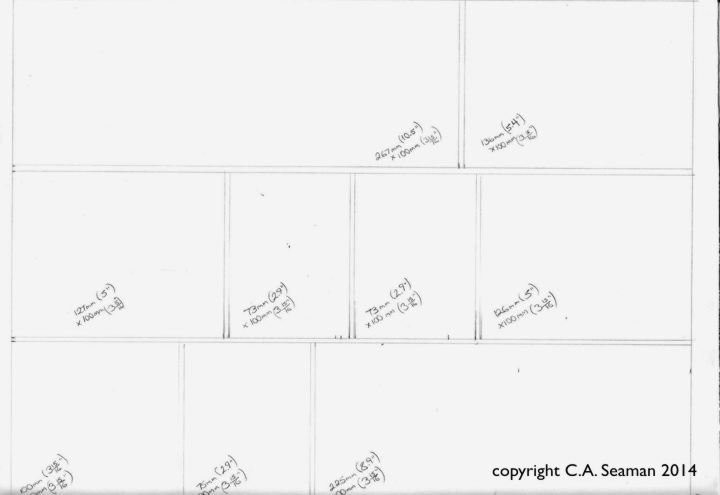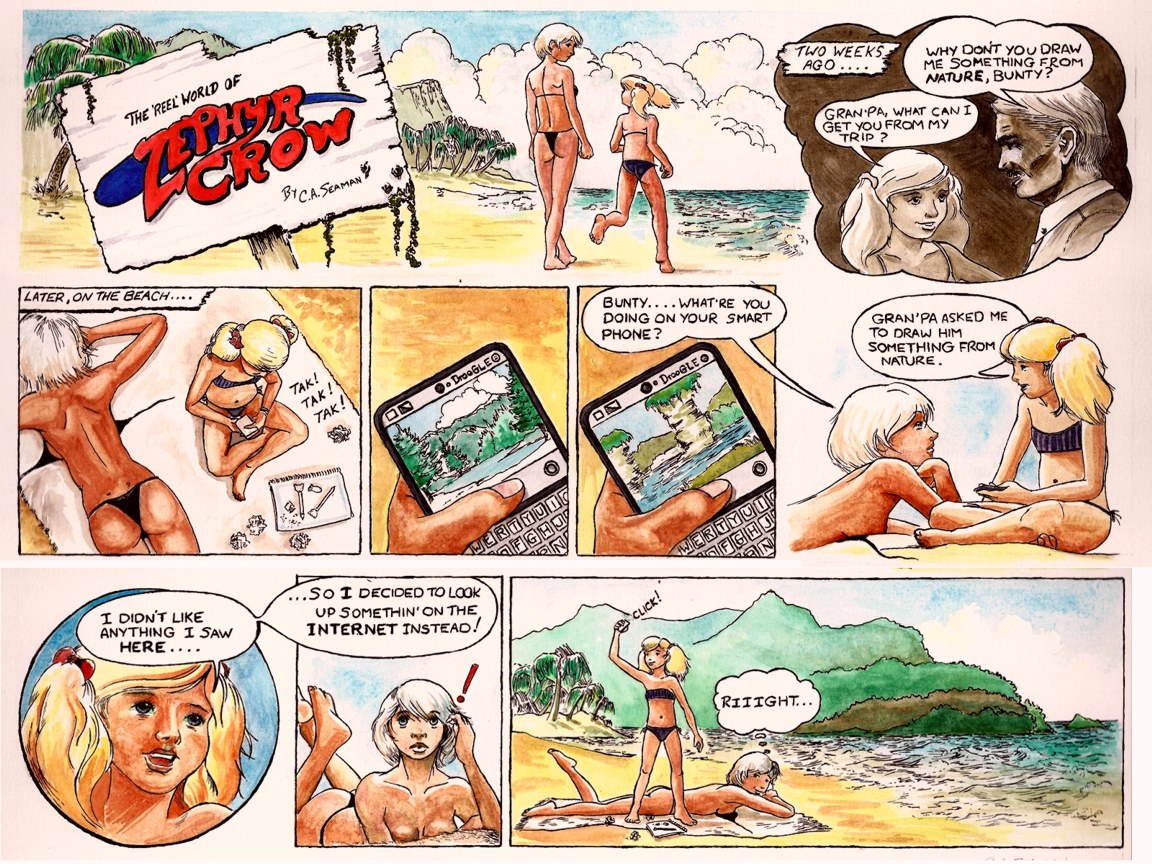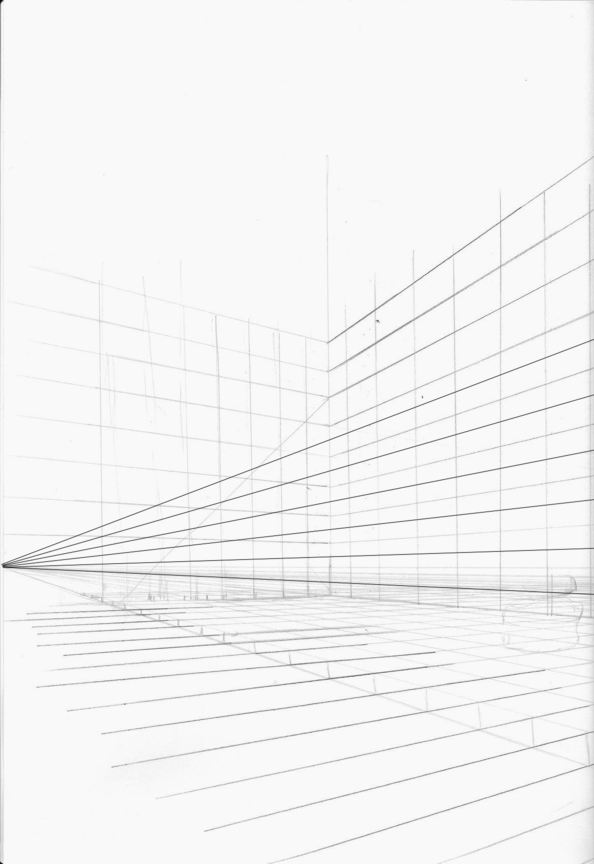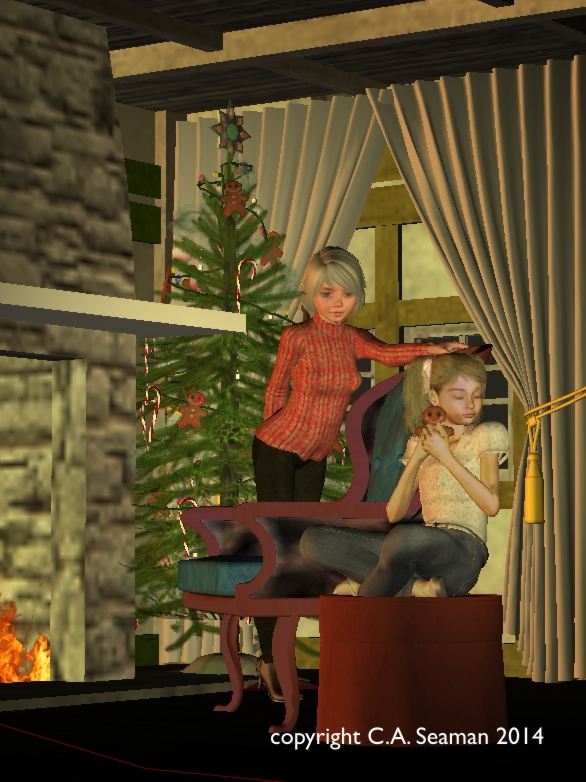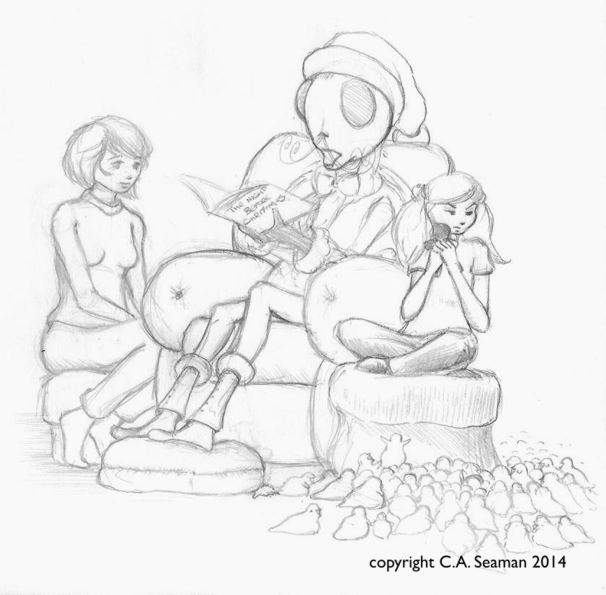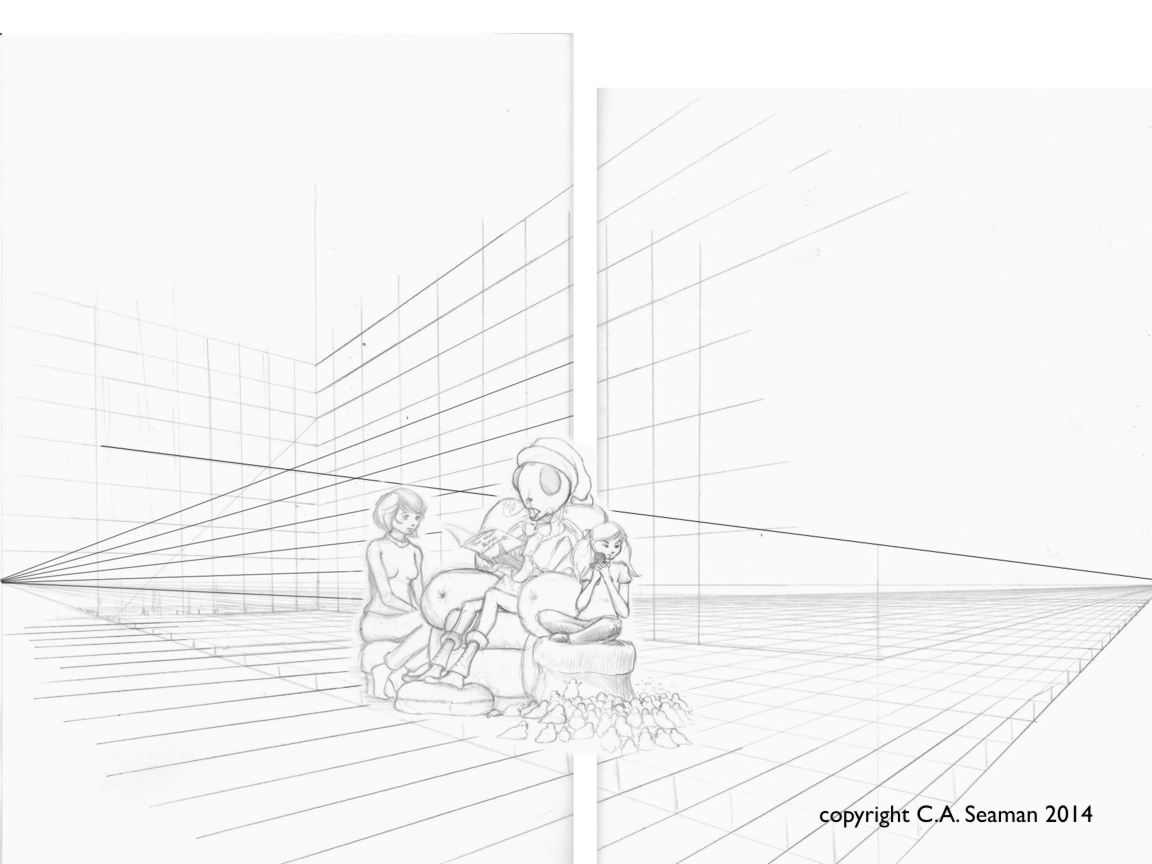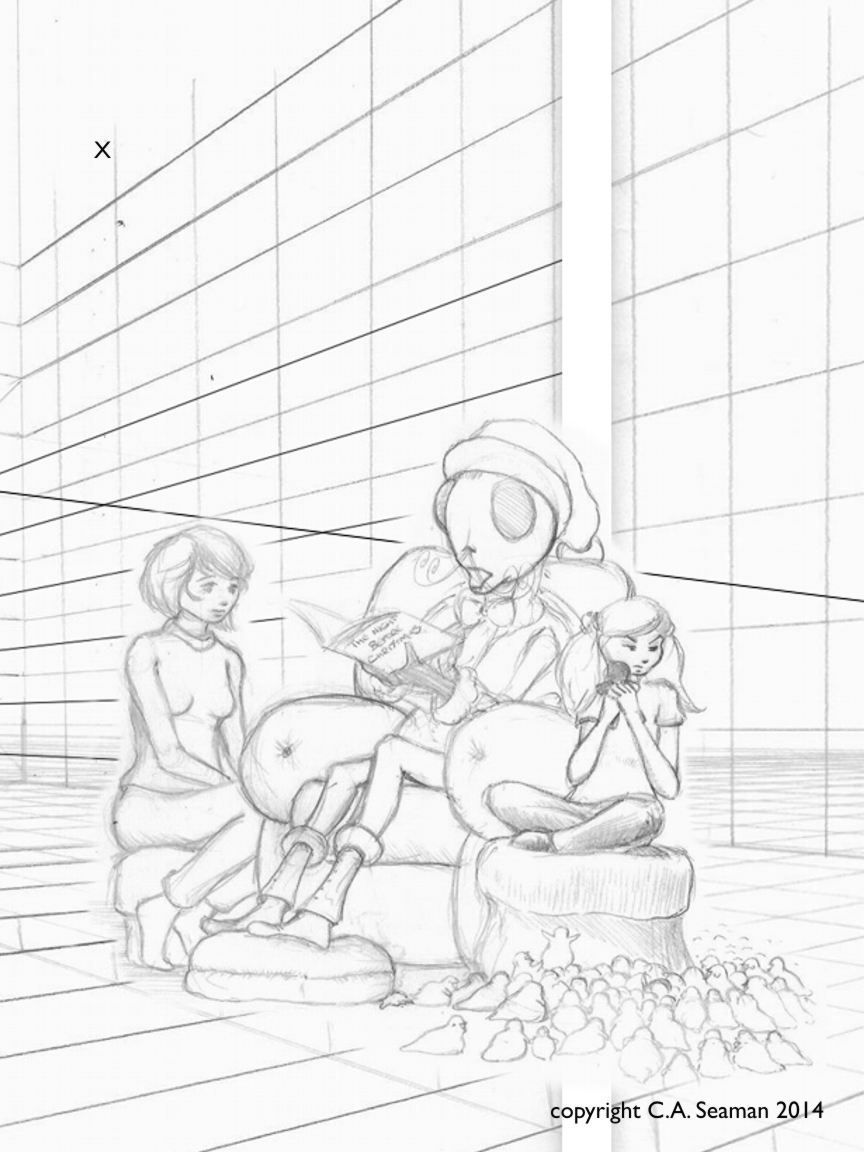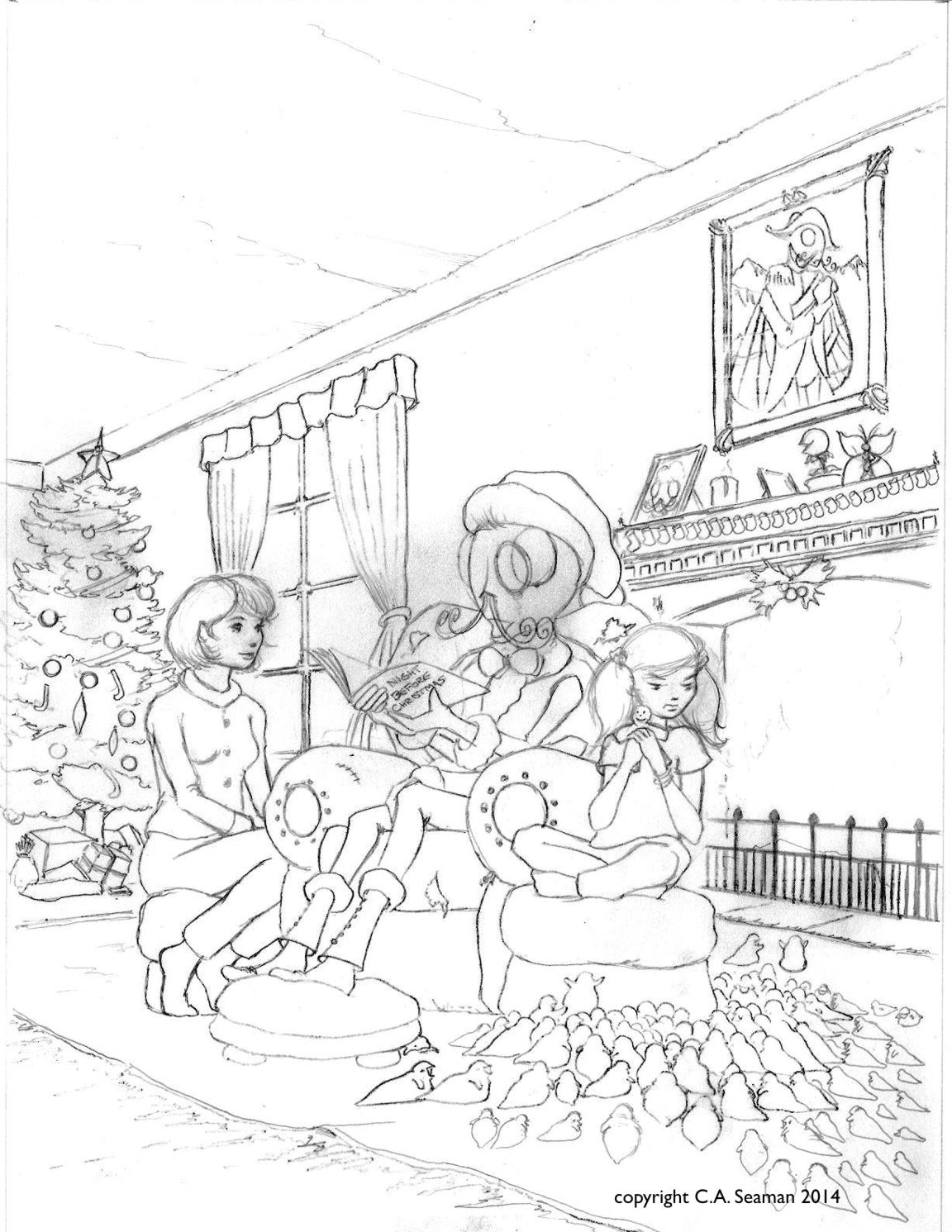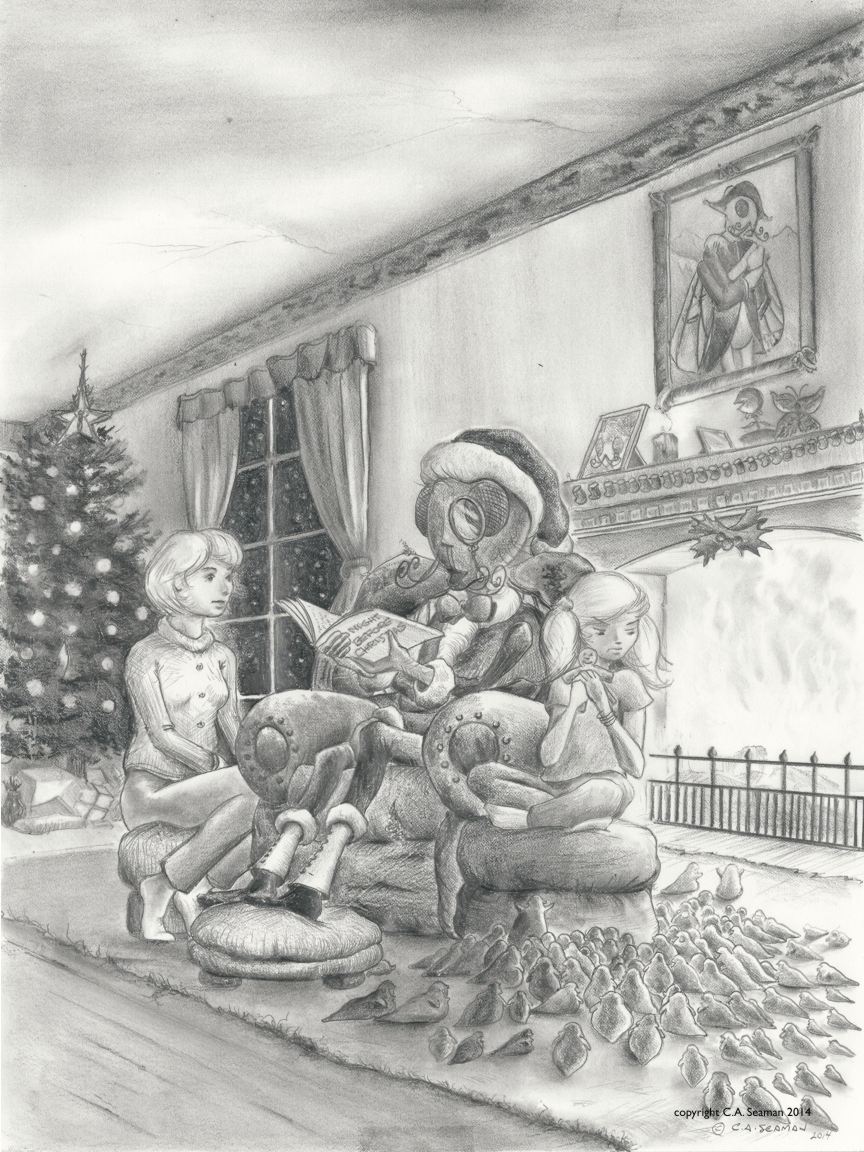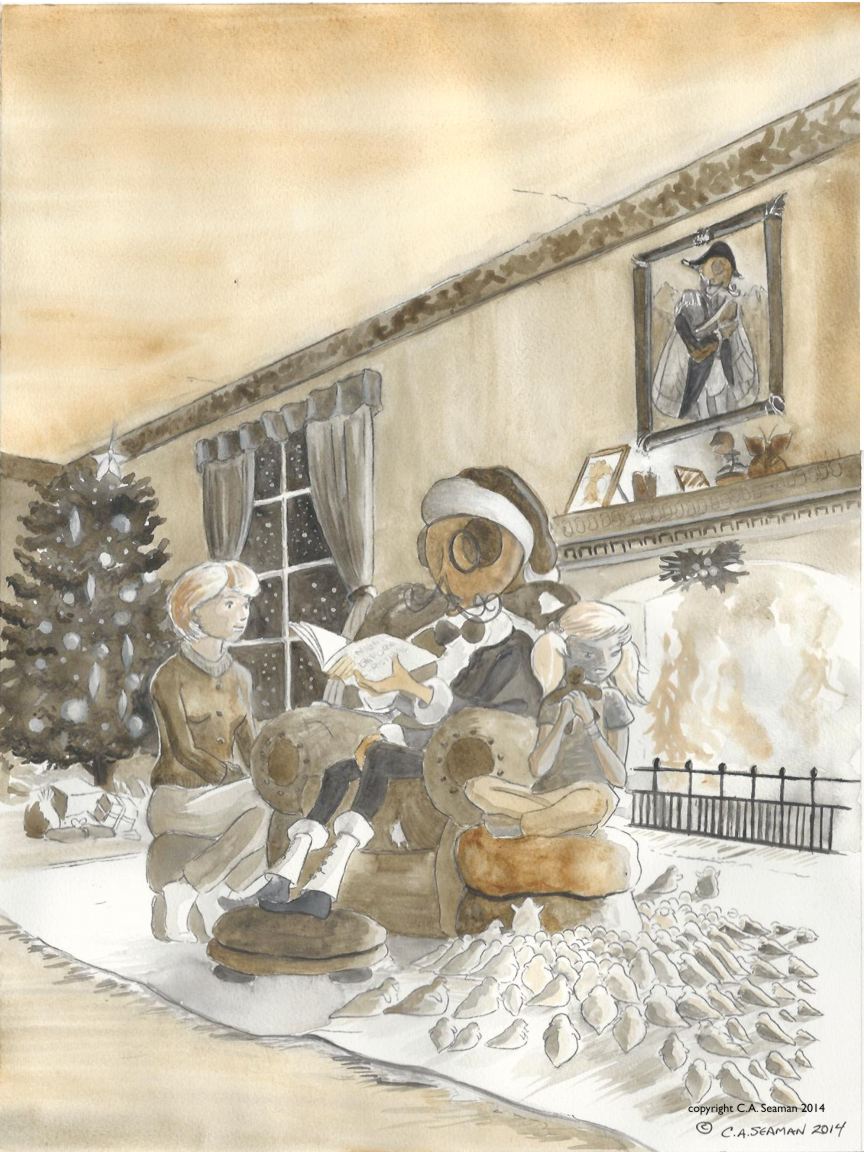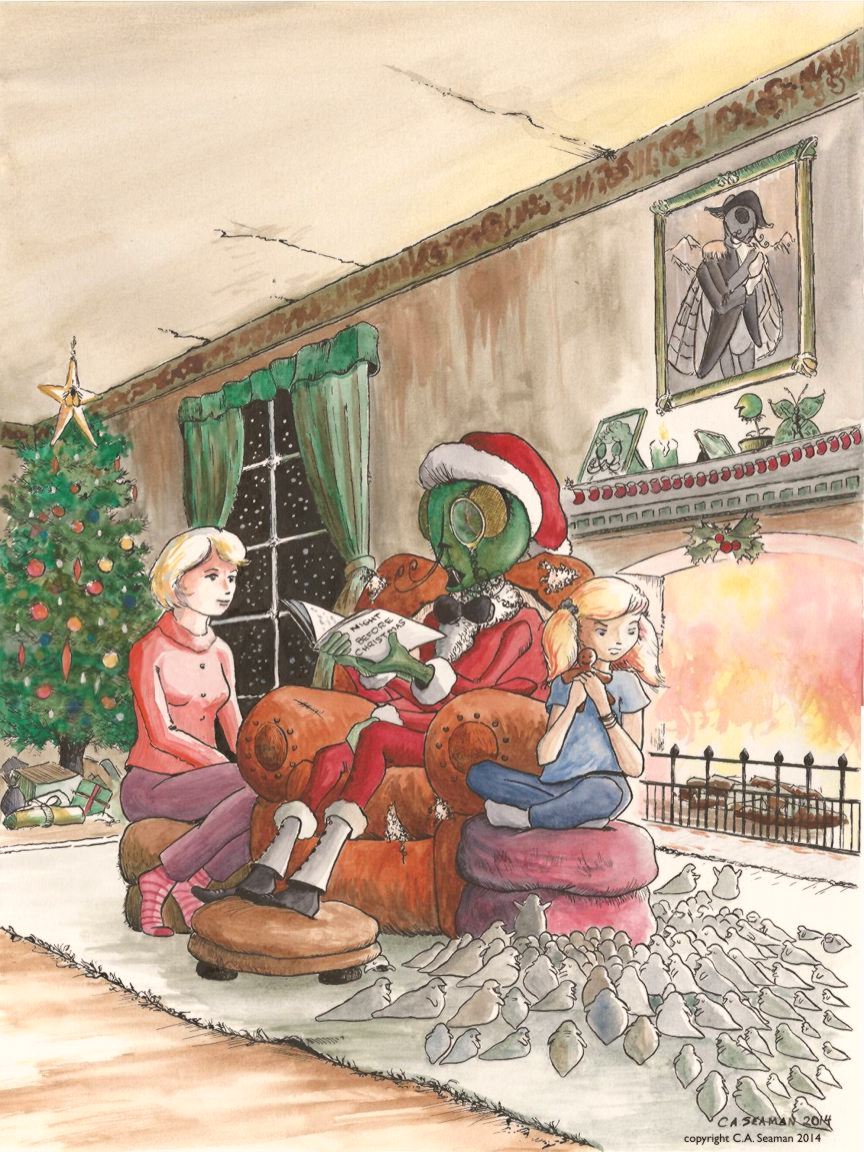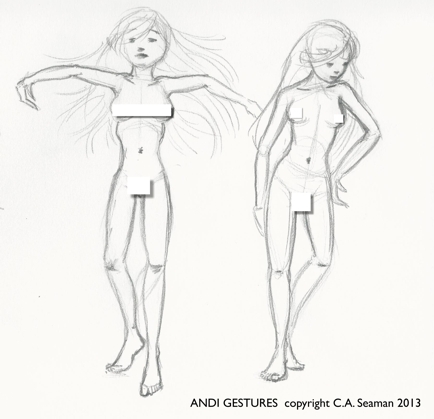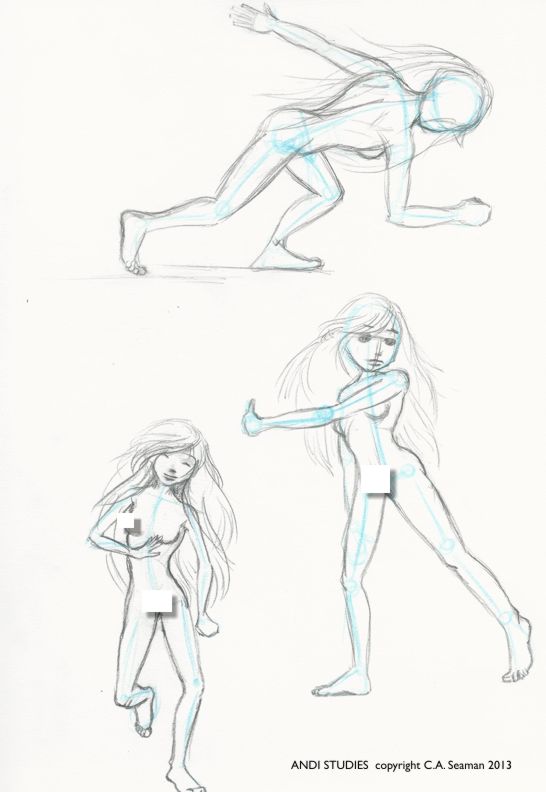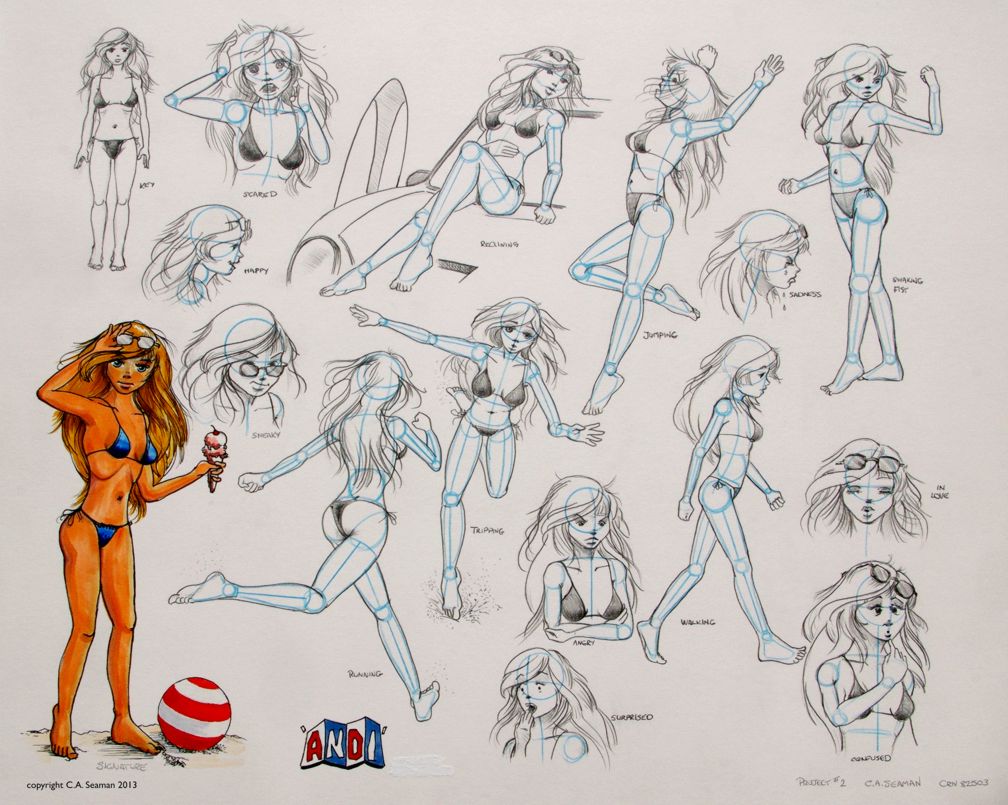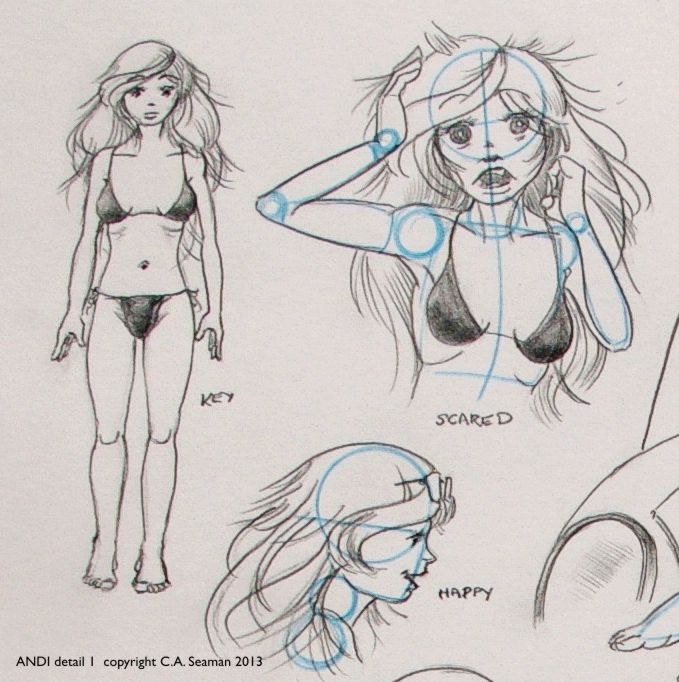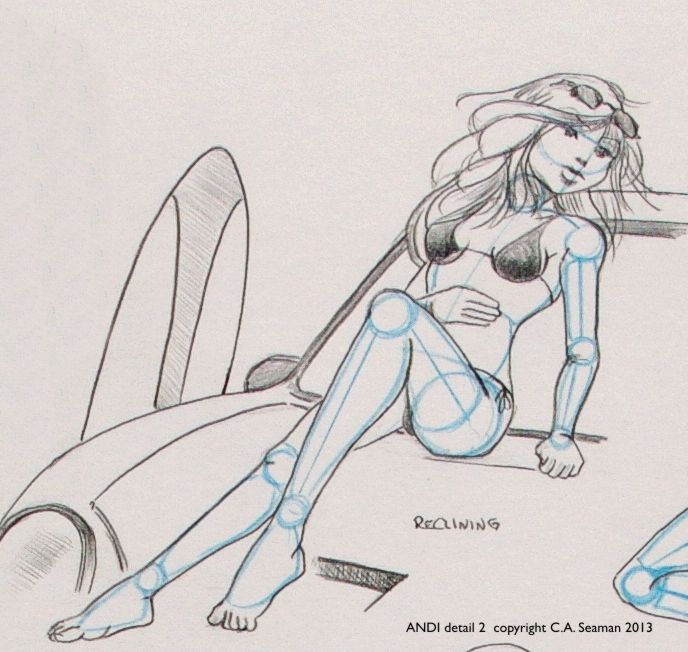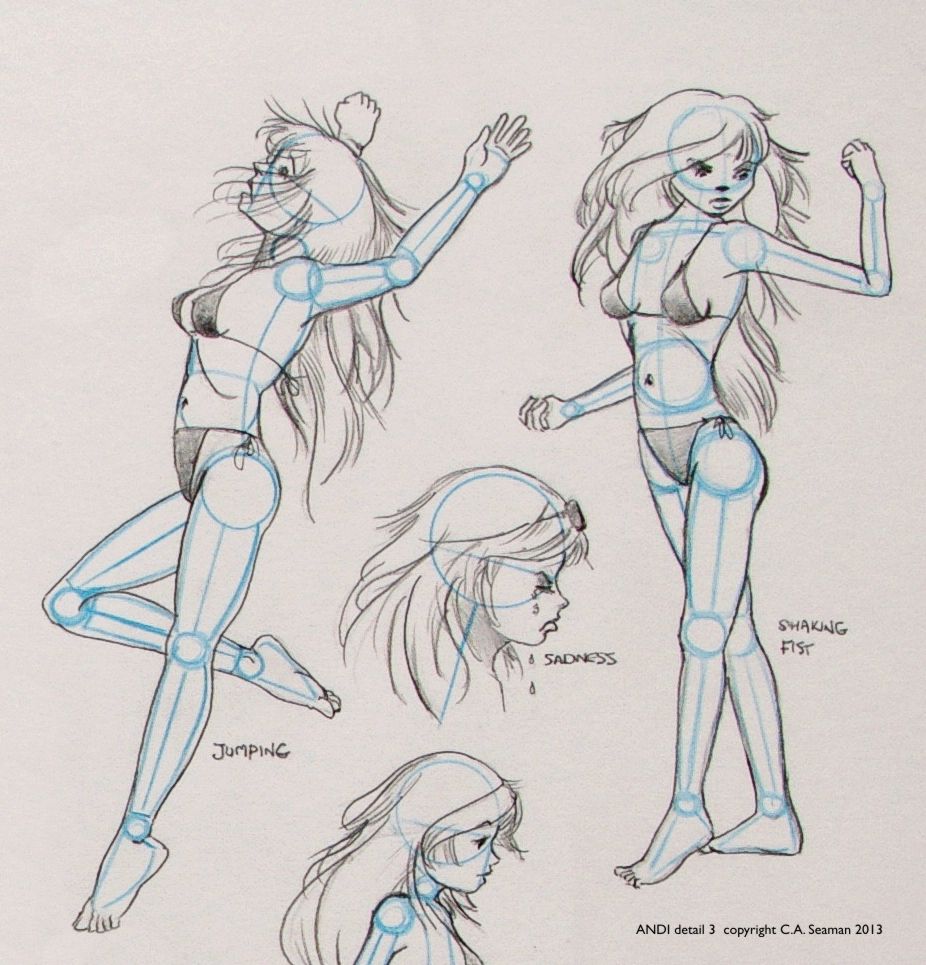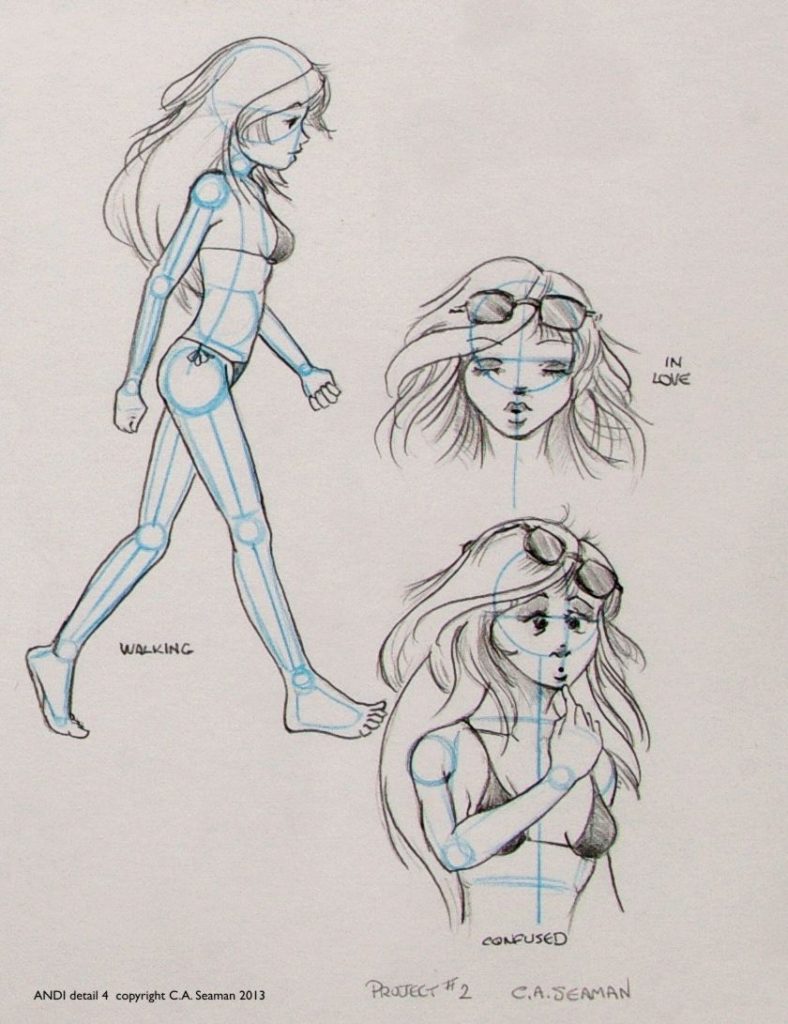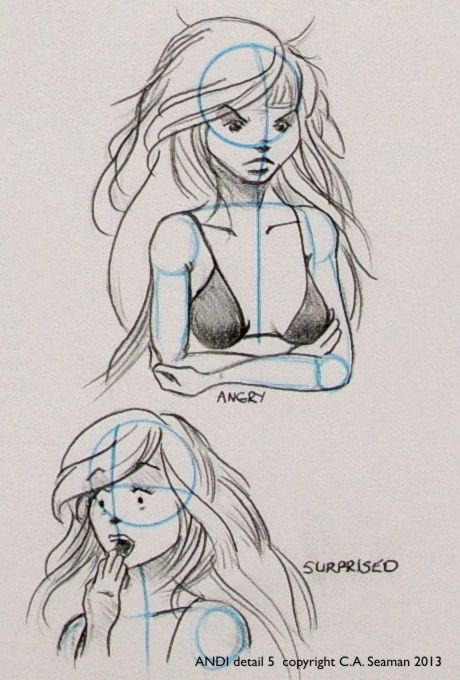THE PROJECT DESCRIBED…
In January of 2013, I took a course at George Brown College in Toronto on illustration for Children’s Books. This was the first formal studio courses I’d attended for marks since 1983. It was a great experience and I learned a lot in terms of composition and technique as a result. My work for this course led to a series of works related to Paul Gallico’s novella, THE SNOW GOOSE, first published in 1940 after the evacuation from Dunkirk. Subtitled “A Tale of Dunkirk,” it was a story about Philip Rhyadher, a reclusive artist, who while tending a lighthouse on the Essex coast in the last years before the outbreak of the Second World War, was approached by a girl of the marshlands who had found an injured snow goose that had been blown across the Atlantic from Canada. Rhyadher heals the bird and allows the girl, Fritha, into his life. A closeness between them develops as the years pass, with the snow goose being at the centre of their platonically loving relationship. Fritha becomes a woman who grows to love Philip, only to have the events of 1940 come between them.
No spoilers beyond that…
This story won awards when released in the U.S. in 1941 and helped Gallico establish himself as an author of note, creating later books like THOMASINA, and THE POSEIDON ADVENTURE. THE SNOW GOOSE itself was adapted into an award winning film for the Hallmark Hall of Fame in 1973 with Richard Harris and Jenny Agutter and while it does not appear to be available beyond the world of YouTube, audio books are more accessible to modern audiences.
I chose this book as the core work for my study in the class, developing several works around it and spending a lot of time researching the time, the location and extrapolating on ideas I was developing for the costumes. I even created a music mix to listen to while working on it, using music from JOYEUX NOEL by Philippe Rombi in a rearranged form intermixed with radio passages from Churchill and Chamberlain to add more weight to the work. Ironically, the music did so well in my mix, it was hard to remember it coming from that wonderful and so tragic film. It is available from Virgin Classics (0946 338279 2) and helped greatly in the creation of the final pieces below. I would also recommend you seek out the progressive rock group Camel’s album from 1975, THE SNOW GOOSE, inspired by the book. (Label: Decca – Universal Special Imports. ASIN: B00005V1B2)
I think the idea for doing this came from driving into Toronto one day for the class an seeing in the distance black oily smoke rising from a fire on the docks in Oshawa. It reminded me vividly of one of Peter Scott’s illustrations for the original edition of the book in 1941 and one thought jumped to another and the images below were the end result. I think my work on it in turn helped bring about the creation of MANNA later on.
SKETCH OF PROPOSED SETTING FOR STORY. 10×8″ graphite on acid free cardstock. Copyright C.A. Seaman, 2013.
THE LOST PRINCESS. 11X14 in., graphite on acid free paper. Copyright C.A. Seaman, 2013.
I had never drawn a goose in my life. I used the same techniques I employed creating a piece I never put in the aviation art show of a Bristol Monoplane. The clouds were blended graphite with a white eraser being used to bring up the details.
RHYADHER’S BOAT. 9×12 in. graphite pencil on acid free cardstock. Copyright C.A. Seaman, 2013.
This was a study of Philip’s boat, which figures prominently throughout the book. I made the sails a little transparent, as I had noticed in some of the photos of small sailing craft I studied, you could see the shadow of one of the sheets through another when the light was right.
FRITHA AND THE LOST PRINCESS- four different versions. 12w x 16h in. graphite pencil on vellum (60lb.) stock. Copyright C.A. Seaman, 2013. Other versions in watercolour, coloured pencil and mixed media and pen and ink on illustration board.
Here, after creating various thumbnails showing other compositional possibilities, was the first run at the final piece, sized the same as the hand-in work but done as a graphite tonal study. It remains one of my favourites. Fritha is as scruffy as Gallico describes her, with a dirty face. Mind you, if you saw the marshlands on the Essex coast, it would not be hard to imagine her this way. They look really wet. The overalls and top are all frayed and worn. Gallico never went into detail on her clothes, but I imagined one described as wild-looking as Fritha could look like this when she showed up on Rhyadher’s doorstep with this little bundle in her arms.
